Tennis is currently going through a complicated period both nationally and internationally. Here, the objective is to analyze the sociological trends of tennis. You will see that this analysis must allow the universe of padel to take advantage of the tennis experience so as not to fall into the same traps and allow him to prepare for the future.
The practice of licensees
You should know that 93% of licensees train at least once a week. This statistic also joins rates observable in other sports federations such as Badminton. Of these, 41% play twice a week.
65% of the graduates benefited from courses taught by a teacher. Of those licensees who take courses, 79% are women and 78% are in an age group of 18-34 years.
The French Tennis Federation judges 40% of the players making at least one match during the sports year.
We therefore conclude that there is a practice of tennis that intensifies either for the competition or more personally with a more regular practice, we can see through players who make more matches in competition than previously and an increase in individual courses
Tennis monitoring in the media
To follow the news of tennis, websites are now equal to television. This digitization is also reflected in the place of social networks and mobile applications that are ahead of television. We can note a real generational difference in the use of the media.
Social networks mainly affect the 18 / 24 years. The use of the internet is more 25 / 34 years, finally the TV remains the favorite media 45 / 54 years.

Tennis monitoring in the media
To follow the news of tennis, websites are now equal to television. This digitization is also reflected in the place of social networks and mobile applications that are ahead of television. We can note a real generational difference in the use of the media.
Social networks mainly affect the 18 / 24 years. The use of the internet is more 25 / 34 years, finally the TV remains the favorite media 45 / 54 years.
If we take the television media to follow the tennis, France television is at the top of the most watched channels followed by the channel + group and then BeIN and the team.
France Télévision remains the historical broadcaster of Roland Garros, the Davis Cup and the Fed Cup, it is the chain most followed by the licensees.
The other three channels get their best audience results in men and 18-24 years.
Regarding the tennis news, the results of the tournaments and the follow-up of the players, this is one of the main concerns of the licensees. The sites that are frequently visited are the team.fr, the FFT.fr then Eurosport.
For social networks, 33% of the licensees use them to look at player content first, see the FFT pages and then the tennis brands.
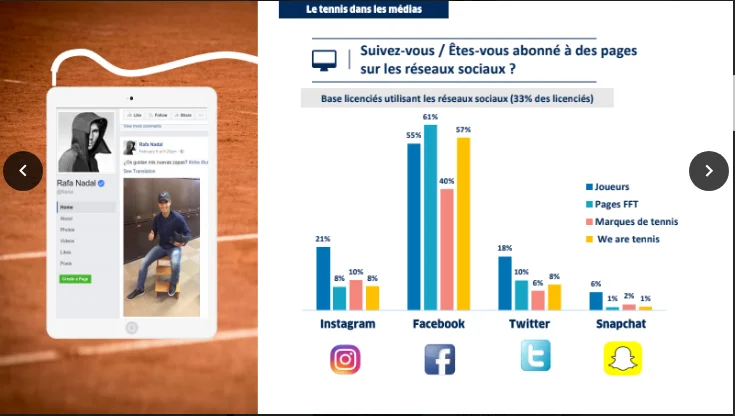
Finally, the licensee is looking for information to facilitate his practice. The 18-24 years are the most demanding of this type of information.
The priority when consulting the FFT website is to be able to reserve a pitch in his club. All the clubs have evolved towards this approach and less and less proceed with a reservation at the reception desk with the secretary.
Track ATP players' tournaments
You should know that 64% of the licensees have at least attended a tennis tournament in the last twelve months. 33% is for amateur tournaments, 32% Roland-Garros.
84 € is the average budget when coming to an event on tournaments. Younger generations spend less than seniors because of lower purchasing power.
Consumer habits
The average frequency of renewal of a tennis racket among licensees is 3 years and 3 months. Young 18-24 years tend to renew more frequently than seniors.
When renewing a racket, the average price of this racket is 135 €. 38% of licensees buy a racket between 100 and 150 €, 46% between 150 and 200 € and 13% buy a racket with more than 200 €.
This budgetary factor is important to take into account because it shows us that the major part of the licensees buy a racket of “good qualities” more adapted for the competition.
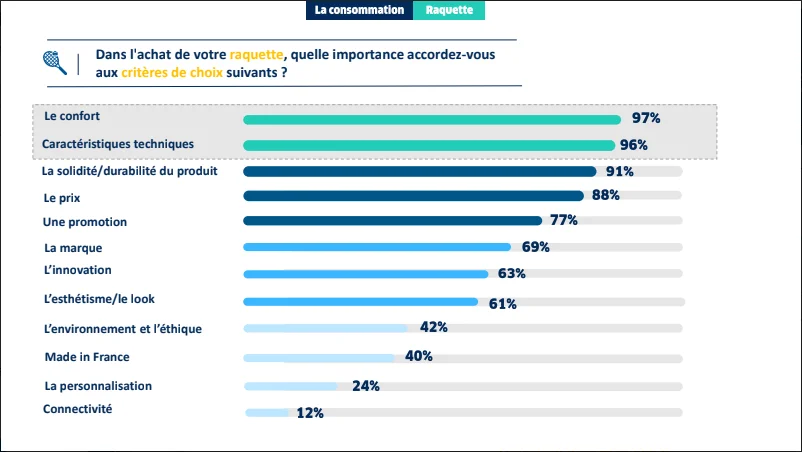
From the chart, we realize that buying behavior depends greatly on the comfort and technical characteristics of the racket, the price and durability of the product are also factors to take into account. The brand and the aesthetics of the racket are not factors of strong enough influence for the purchase of a racket.
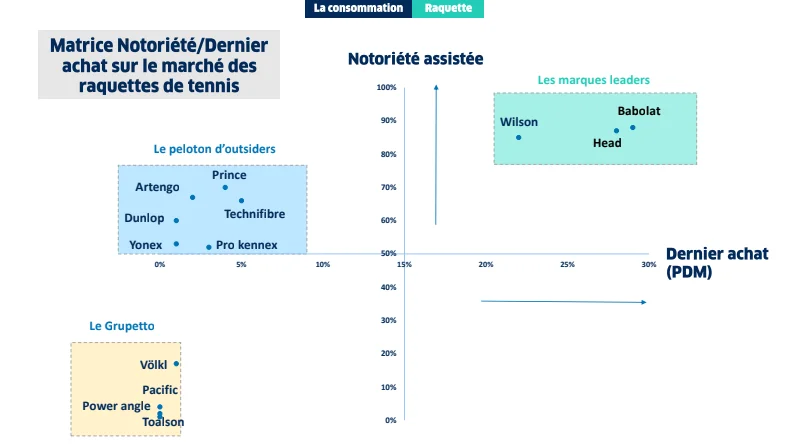
We can observe that the 3 leading brands are wilson, babolat et head in terms of notoriety. The less representative brands are Prince, Artengo, Technifibre, Dunlop, Yonex, Pro Kennex.
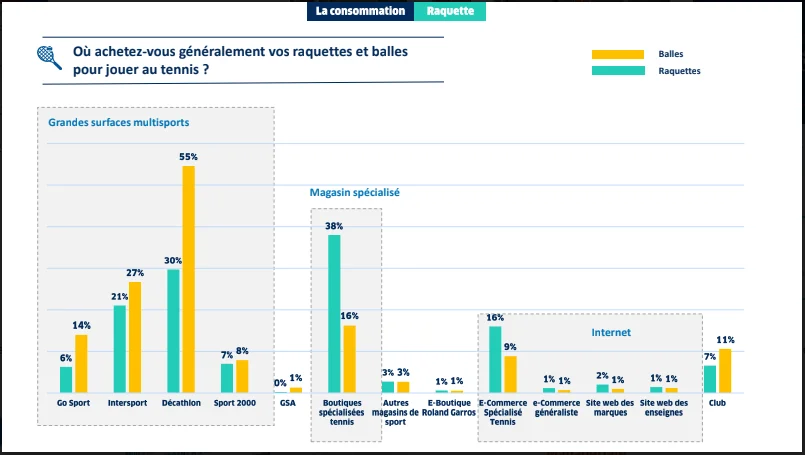
We can see that tennis rackets are most often bought in supermarkets specializing in multisports and that Decathlon remains the leader compared to other brands. The sale of snowshoes still remains the majority in specialized shops. This shows that the tennis player is all the same looking for a racket where he can be "assured" of having advice from the seller and a wider choice in terms of the ranges offered to him.
Typology of licensees
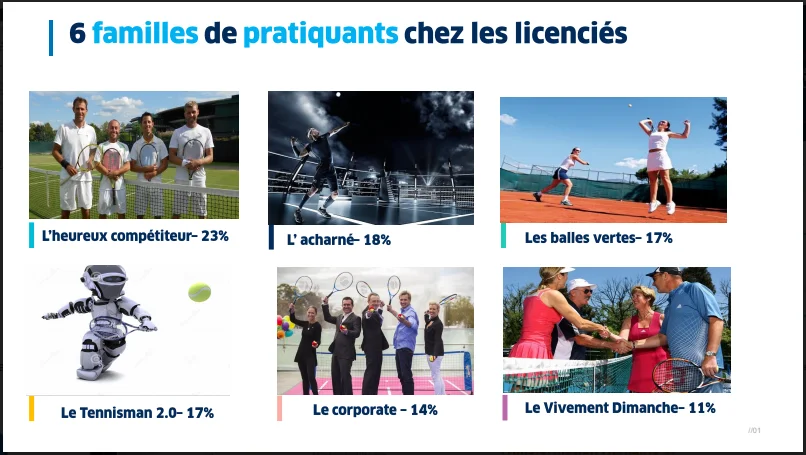
We can observe 6 families of practitioners at the licensees.
First of all the happy competitor category represents 23% of the licensees. His motives are relaxation, fun, passion and competition. He is below average compared to the average budget of the tennis racket but he is a passionate competitor.
The tough guy is very competitive, tennis is a real passion, and he is always looking for performance, he represents 18% of the licensees. This category concerns more 18-24 generation and 45-54 years, it plays at least three times a week.
The green balls concern 17%, their motivations are the relaxation, the health, it is essentially the women and the young practitioners.
The tennis player 2.0 represents 17% of the licensees. It is there to meet new people, improve self-confidence, it is mostly young 18-24 years who seek to play intensively while using connected objects.
The company is 17% of licensees, he has no particular motivation, it is often players who practice at work, he plays very occasionally but still practices above-average competition.
Finally, the category strongly sunday target 11% of the licensees. They also have no particular motivations, they are not competitors and do not seek the surpassing of oneself. Most of them are in the 55 and + category who practice and also have a fairly high priority of this sport.
Alexandre Cifuentes studies economics. He decided to intervene on the business of padel and in the sports market in general. It allows us to know about the padel in its entirety.




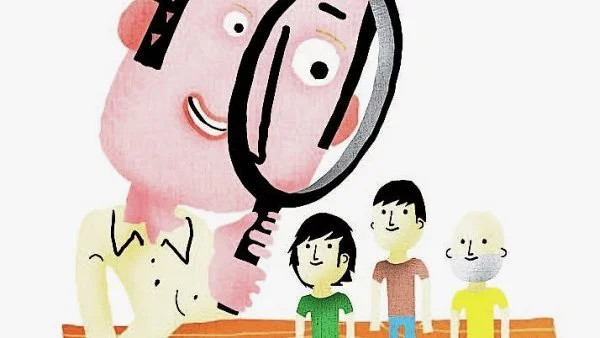














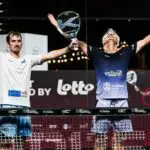

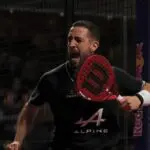

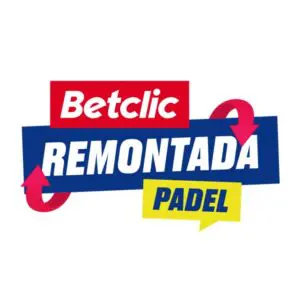

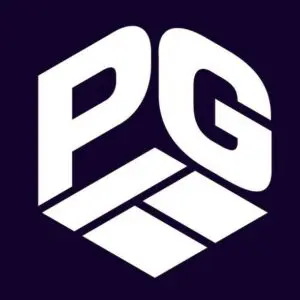



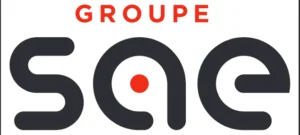




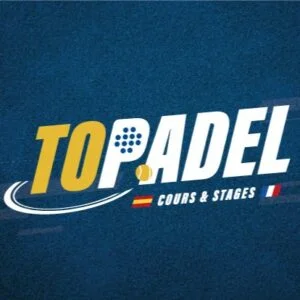



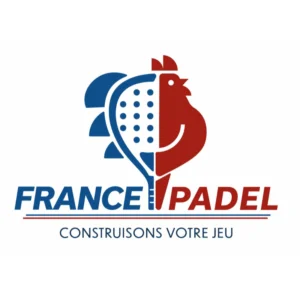
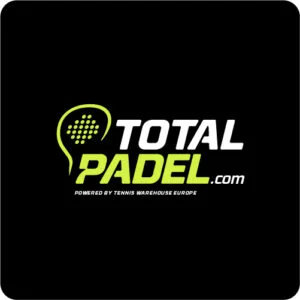
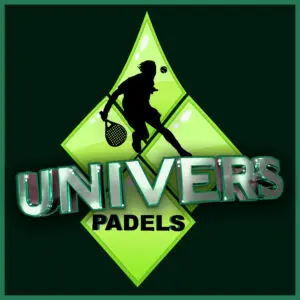
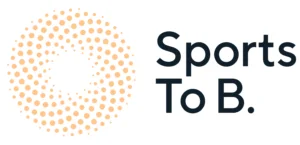

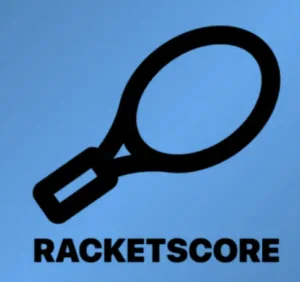
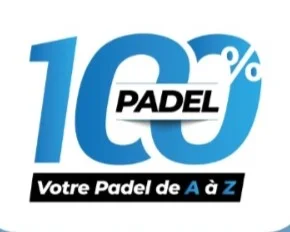
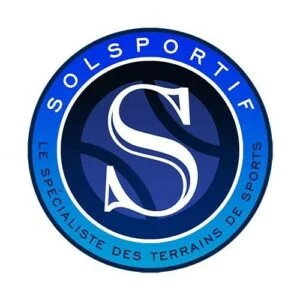
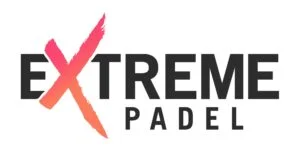
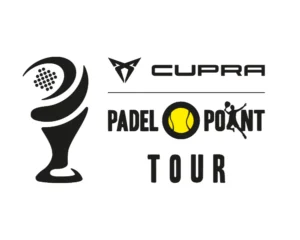





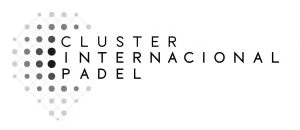
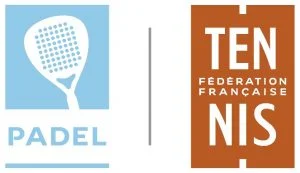
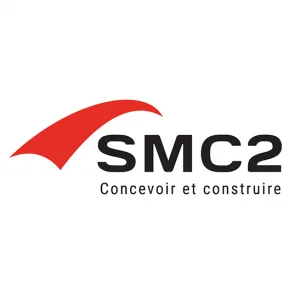
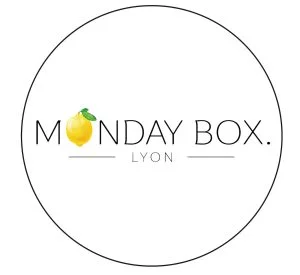
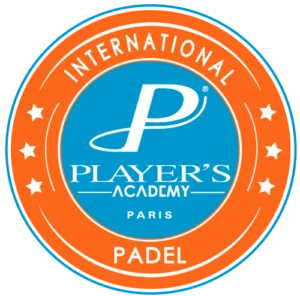
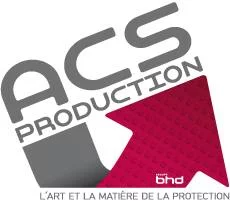
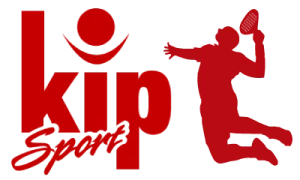



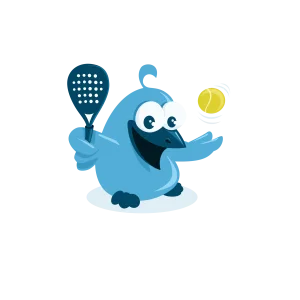

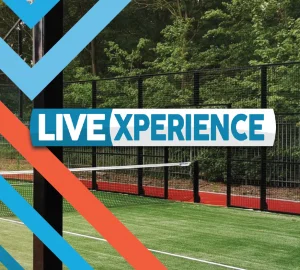
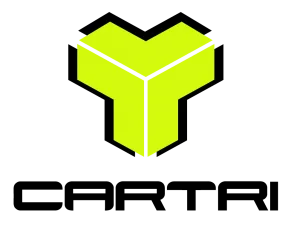
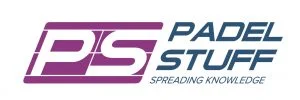
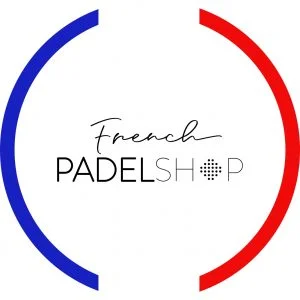
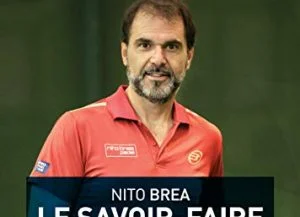
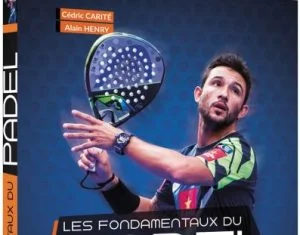



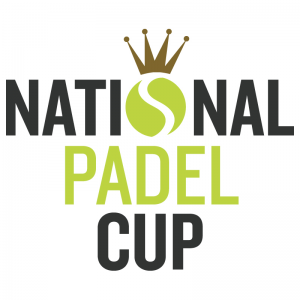
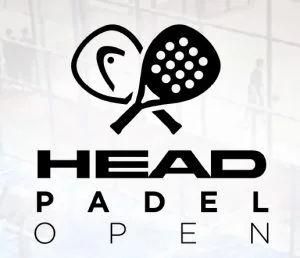
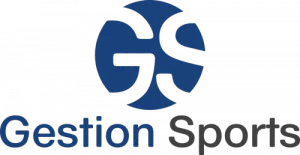
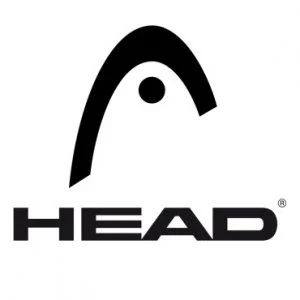



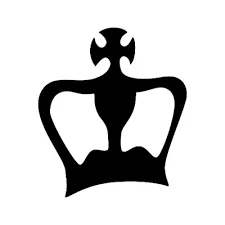

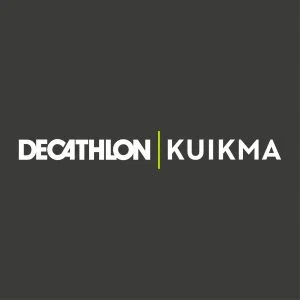
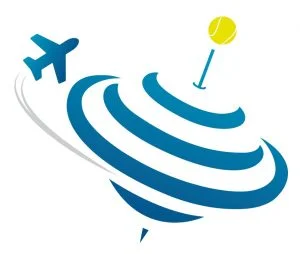
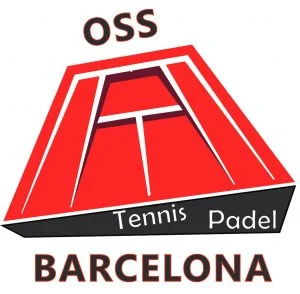
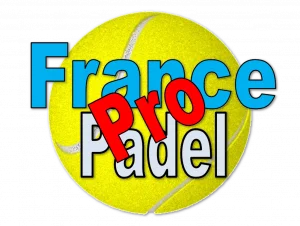

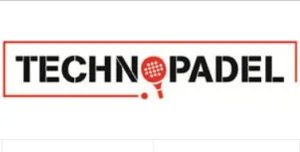
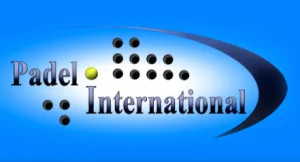

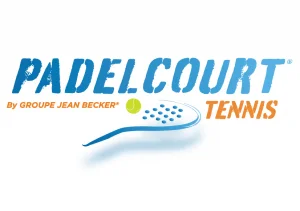
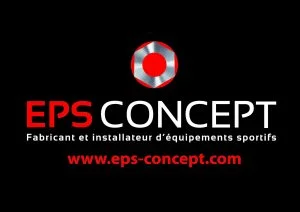
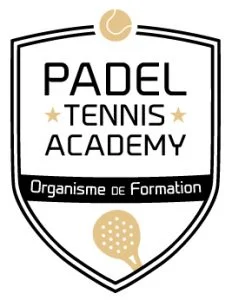
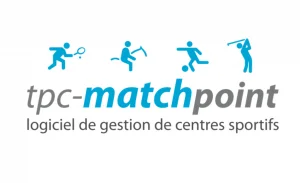
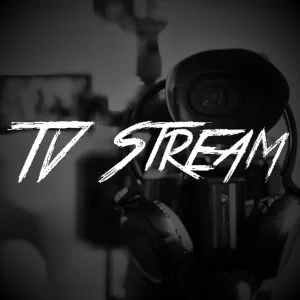
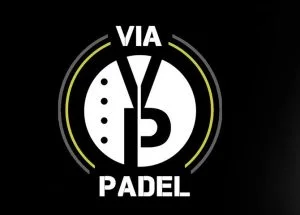
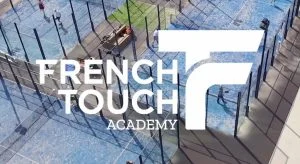

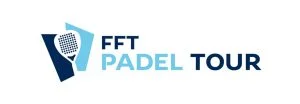

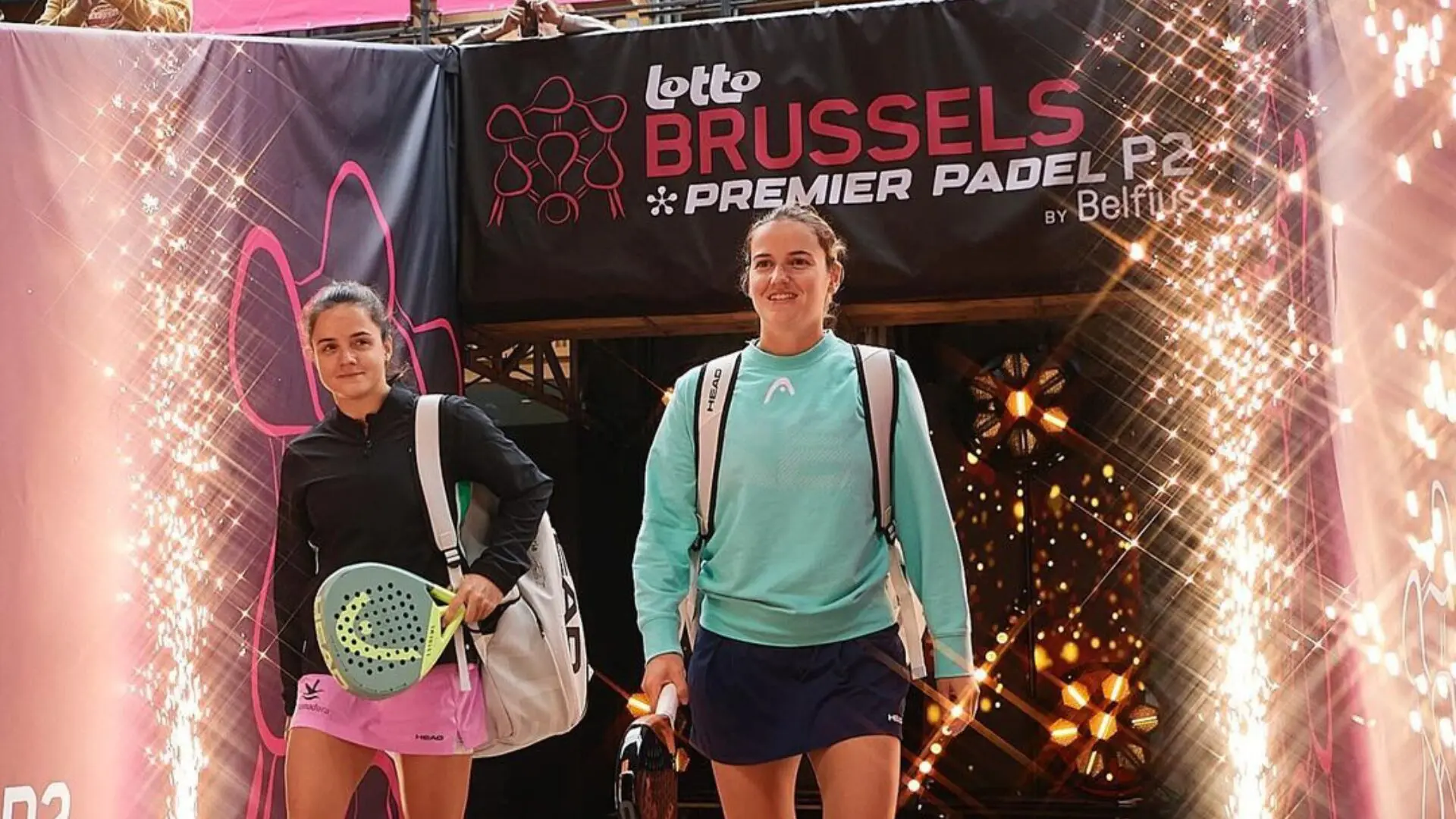 Premier Padel Brussels P2 – The break obviously did Sanchez / Josemaria good!
Premier Padel Brussels P2 – The break obviously did Sanchez / Josemaria good!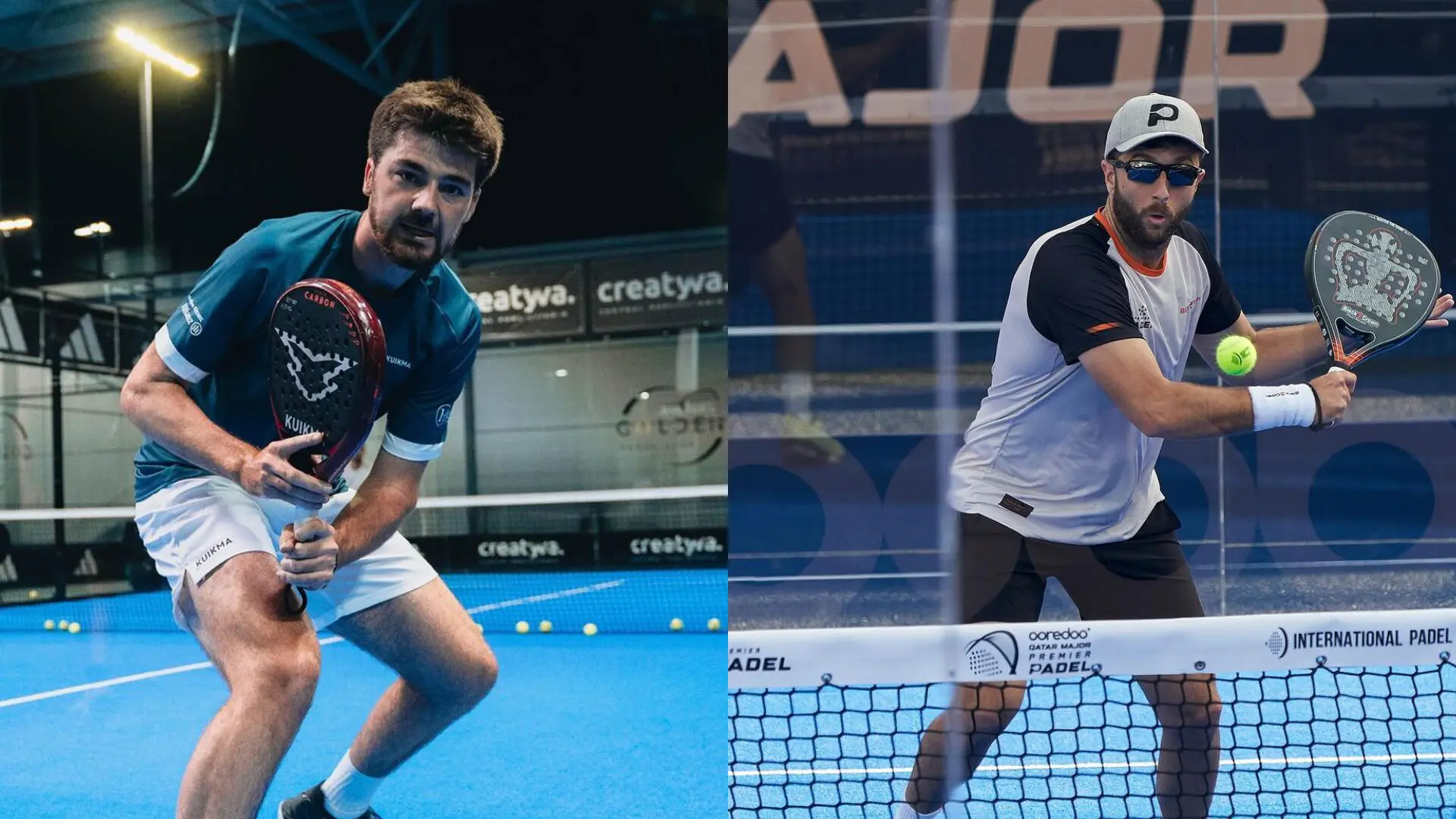 Premier Padel Sevilla P2 – From the waiting list to previas for Dylan Guichard and Ricardo Martinez!
Premier Padel Sevilla P2 – From the waiting list to previas for Dylan Guichard and Ricardo Martinez!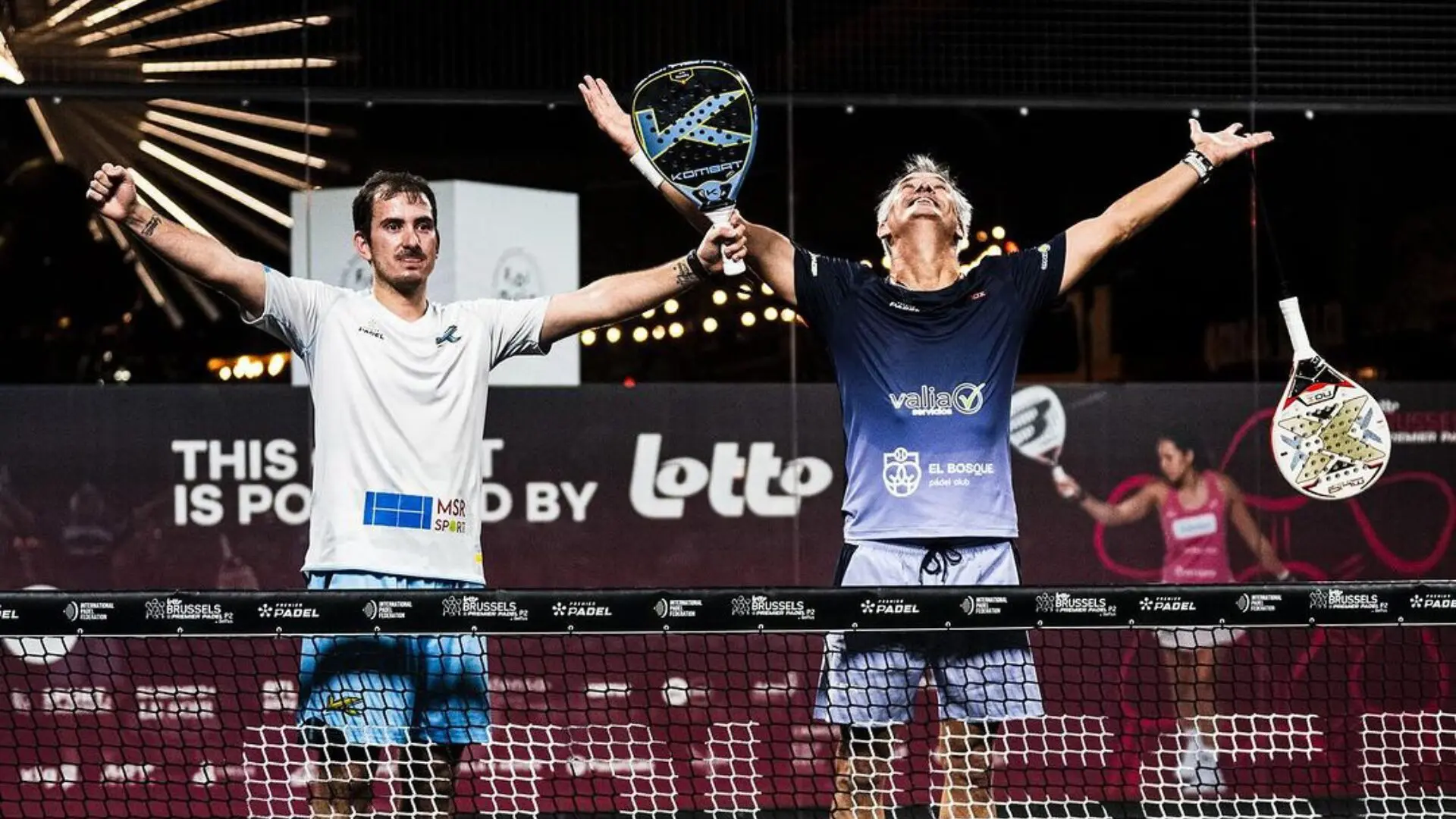 Miguel Lamperti: three tie-breaks and a return to the quarter-finals!
Miguel Lamperti: three tie-breaks and a return to the quarter-finals!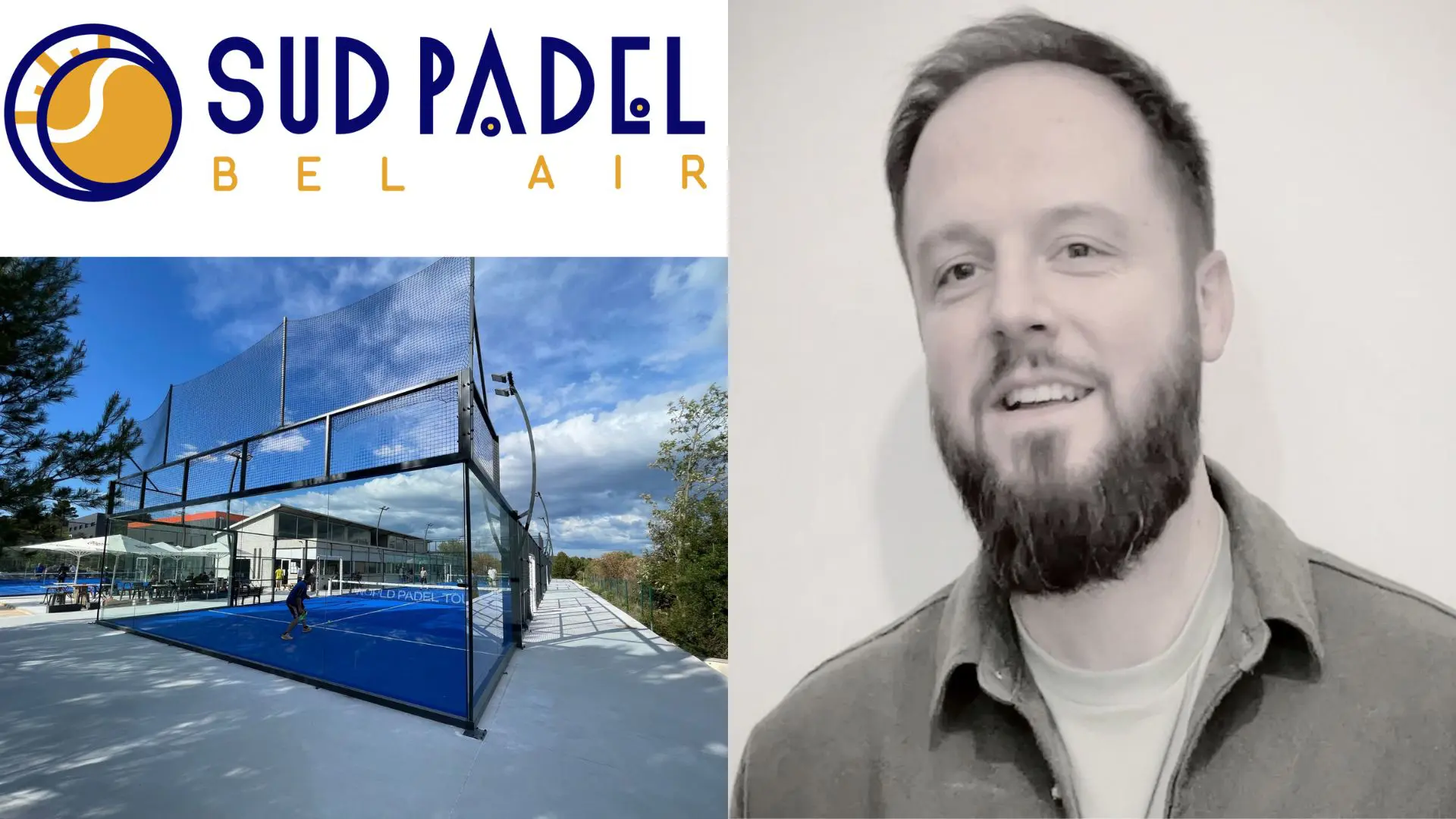 Guillaume Codron de Sud Padel : “A family project”
Guillaume Codron de Sud Padel : “A family project”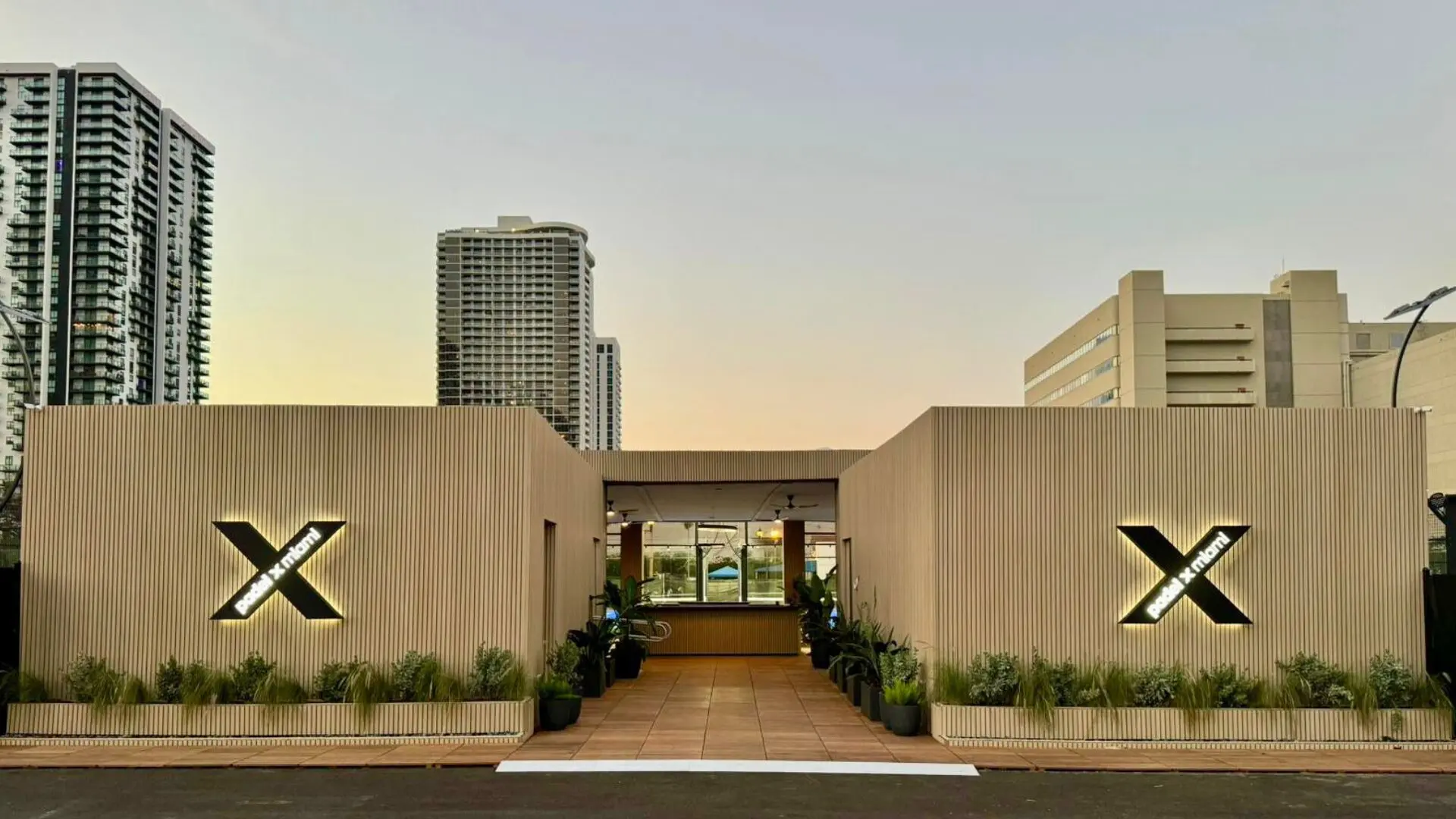 Nallé Grinda: “Democratize the padel in the USA with PadelX "
Nallé Grinda: “Democratize the padel in the USA with PadelX "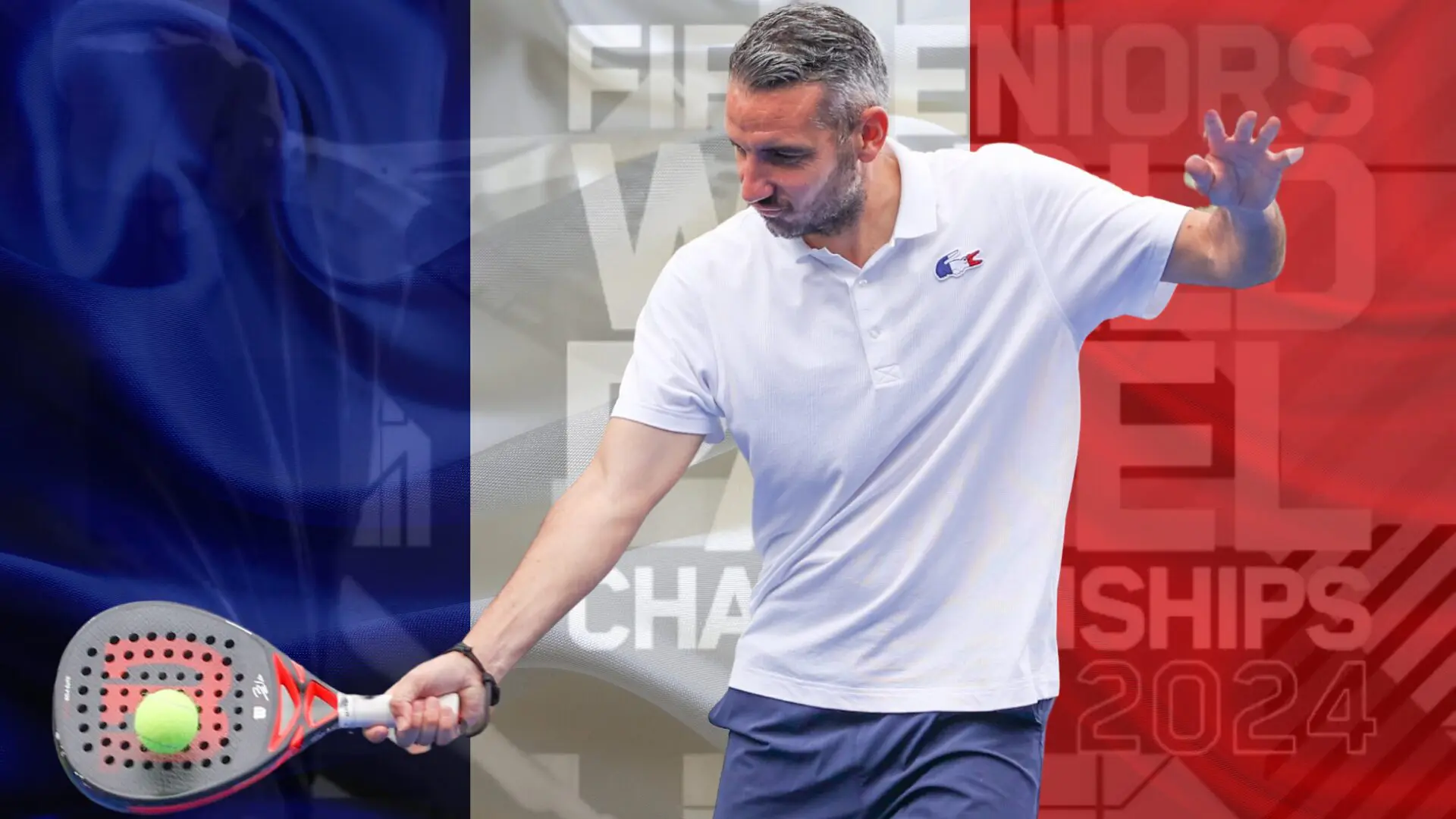 Simon Boissé: “We know that there are two nations in front of us”
Simon Boissé: “We know that there are two nations in front of us”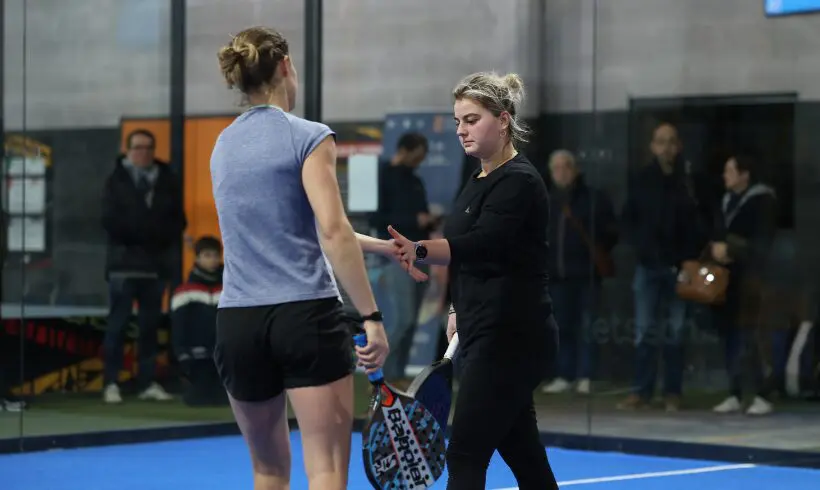 Marie Maligo: “This period of frequent changes of partners was beneficial for me”
Marie Maligo: “This period of frequent changes of partners was beneficial for me”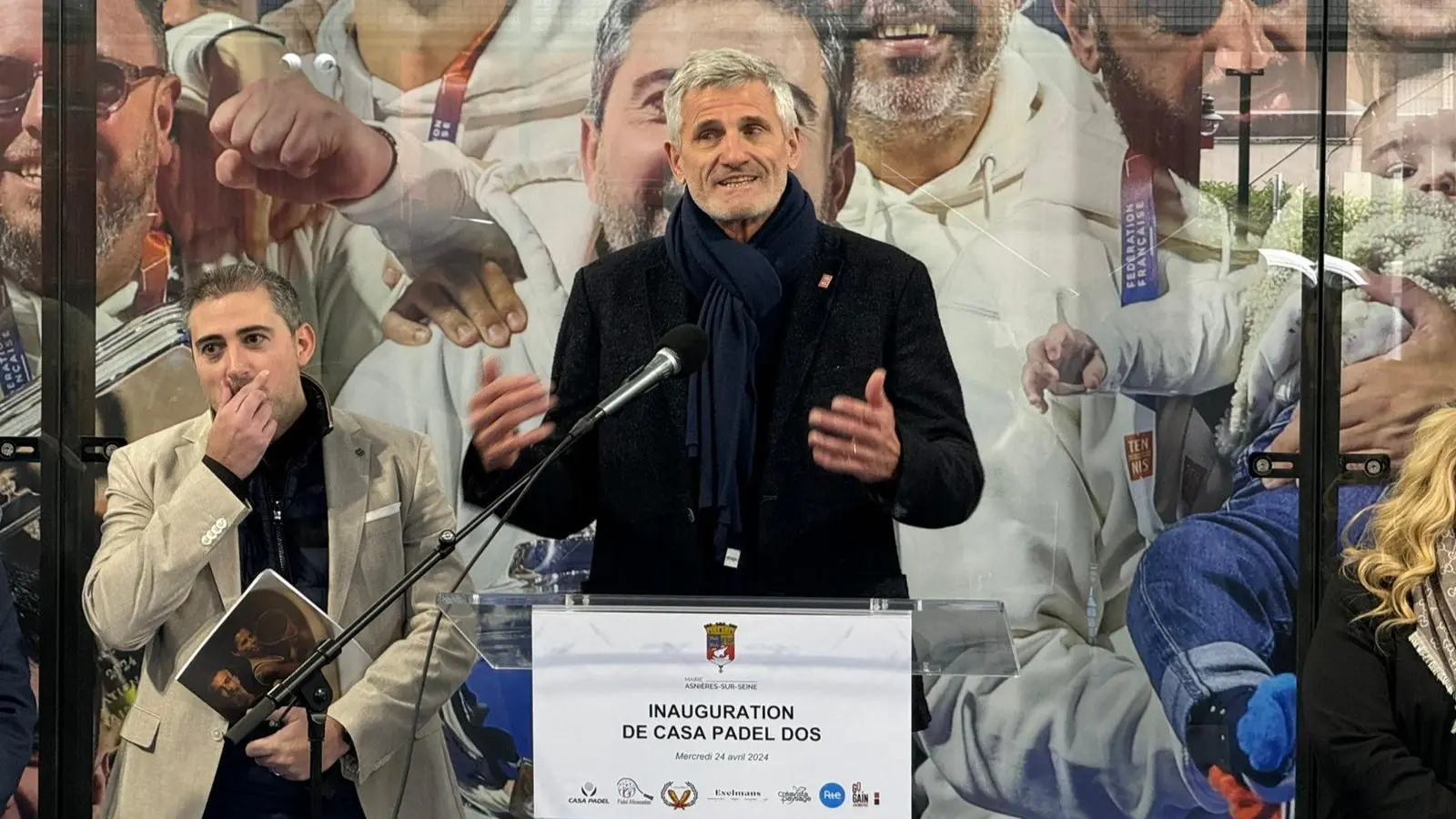 Gilles Moretton: “We will be able to put the padel at the level of tennis”
Gilles Moretton: “We will be able to put the padel at the level of tennis”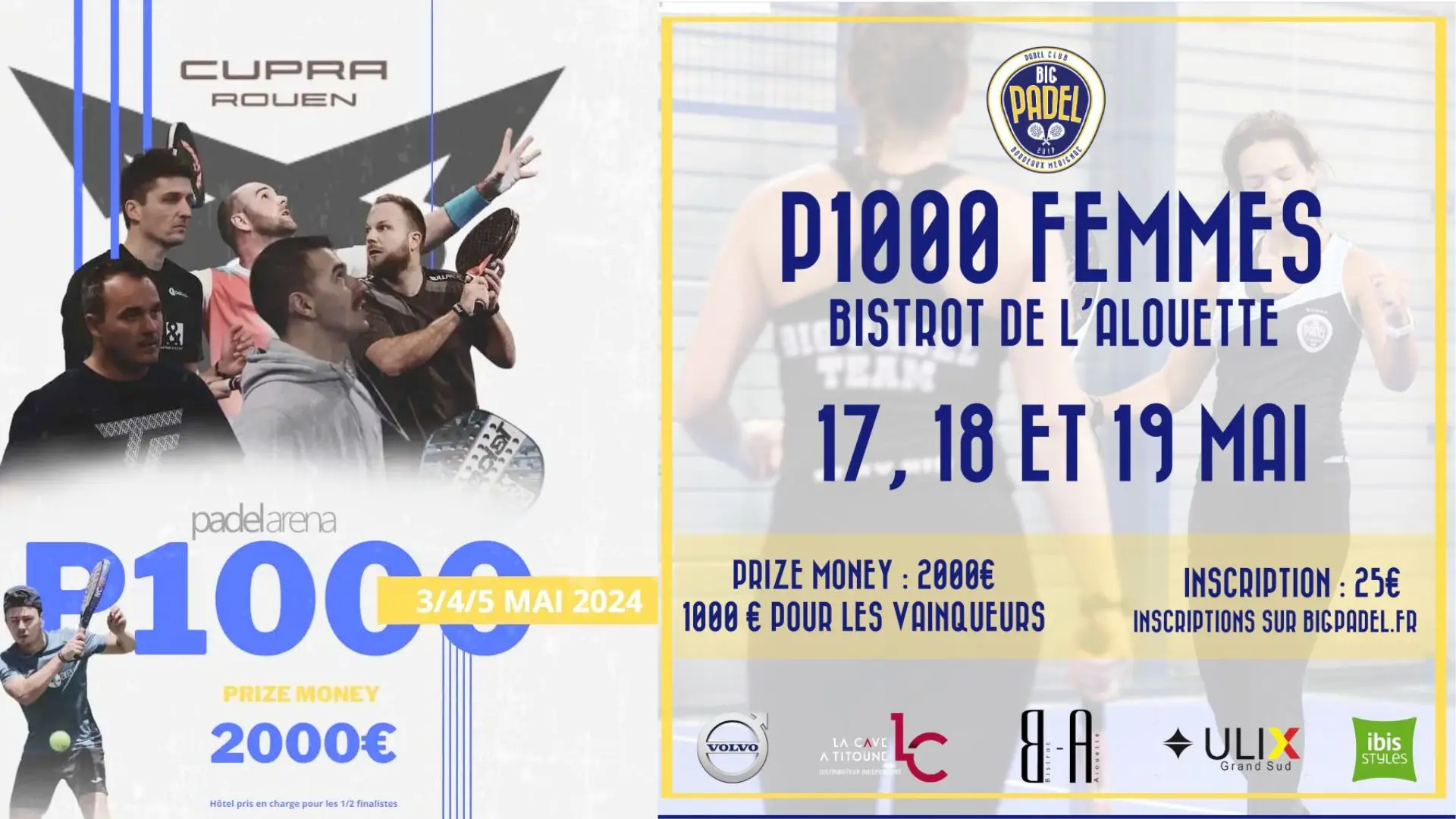 Two P1000 doubled prize money approaching!
Two P1000 doubled prize money approaching!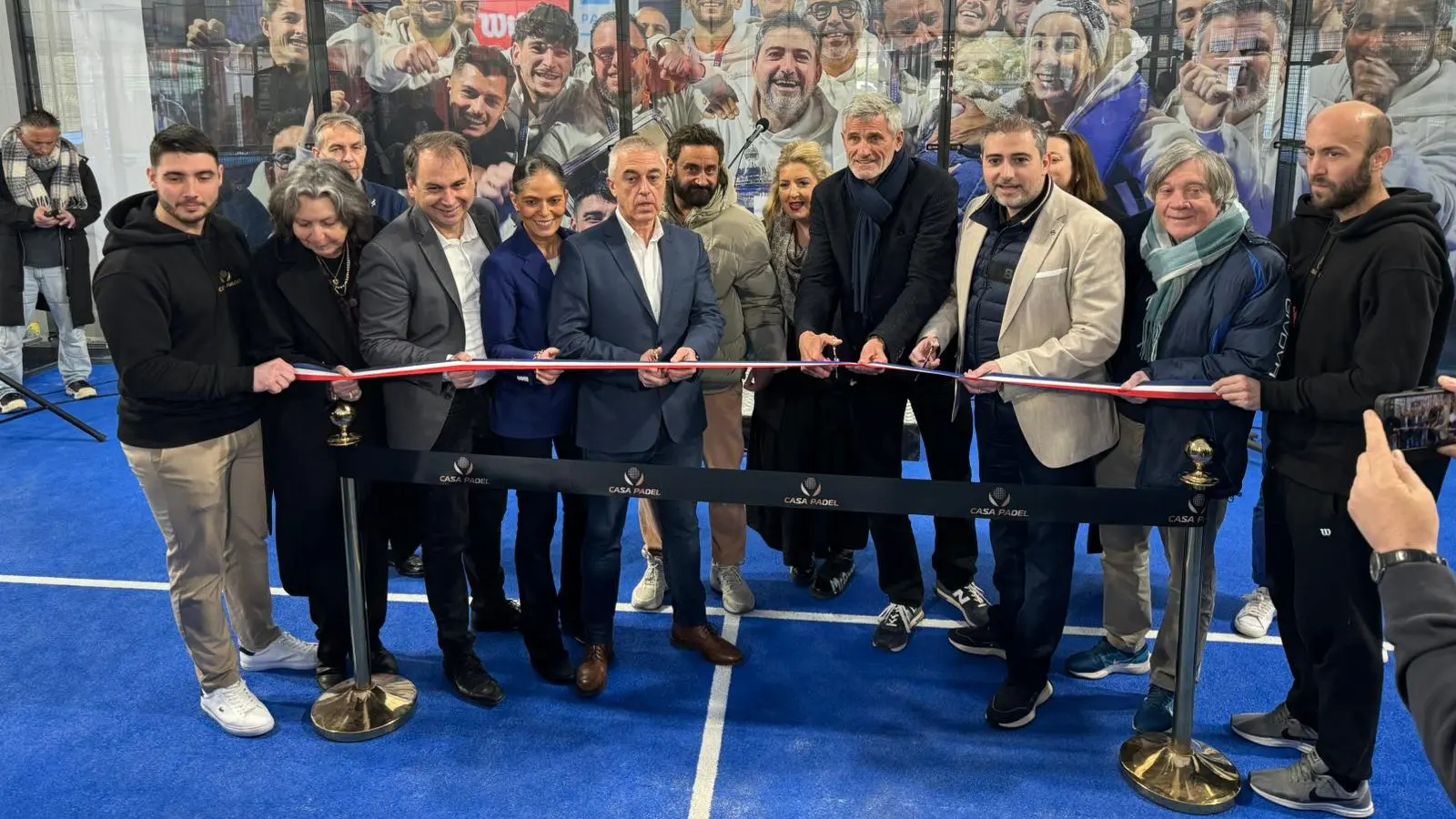 José Manuel Escin at the inauguration of Casa Padel DOS: “Finally, and thank you!”
José Manuel Escin at the inauguration of Casa Padel DOS: “Finally, and thank you!”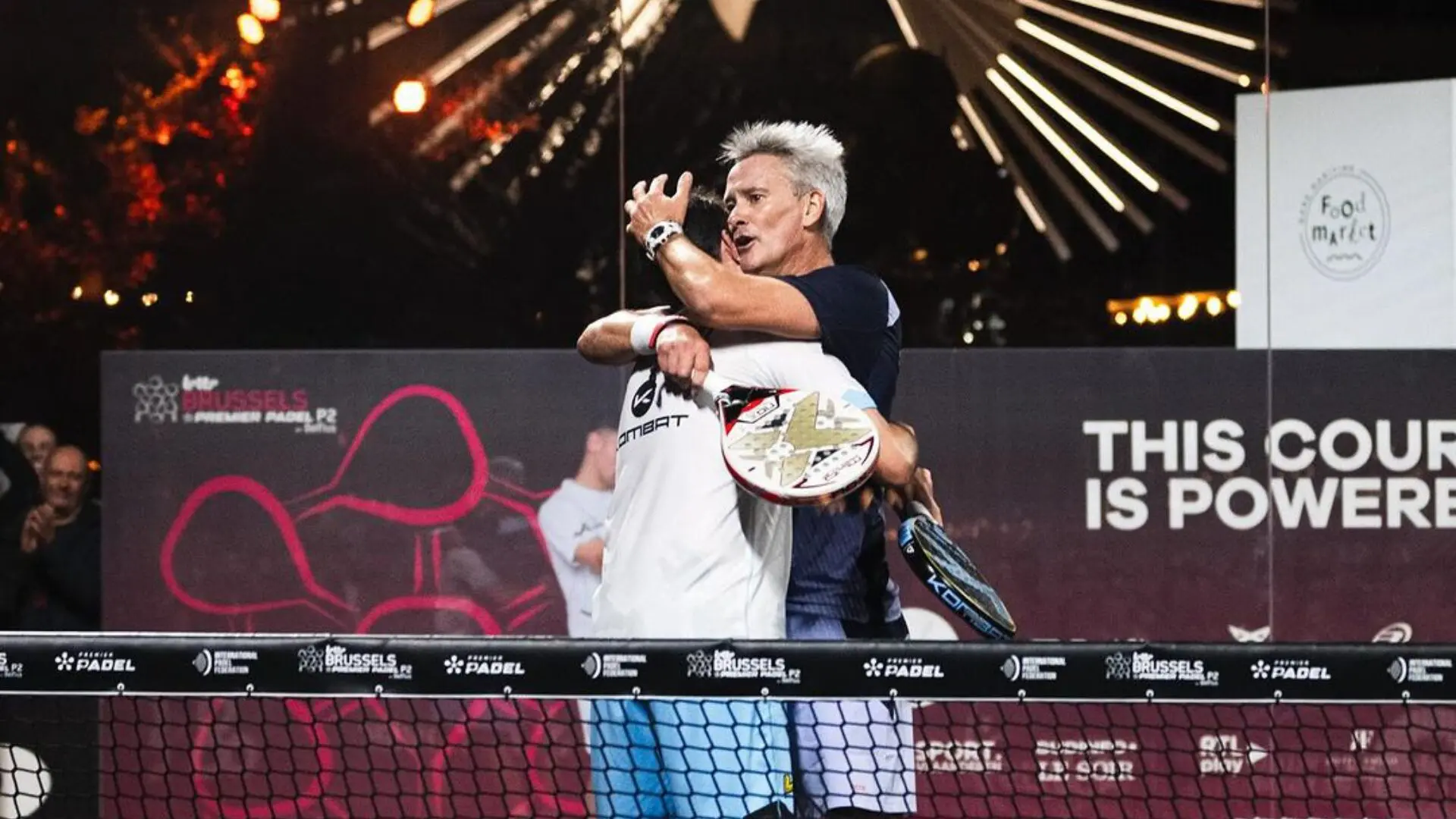 Big evening in Brussels with two seeded players on the mat, heckled number 1s…
Big evening in Brussels with two seeded players on the mat, heckled number 1s…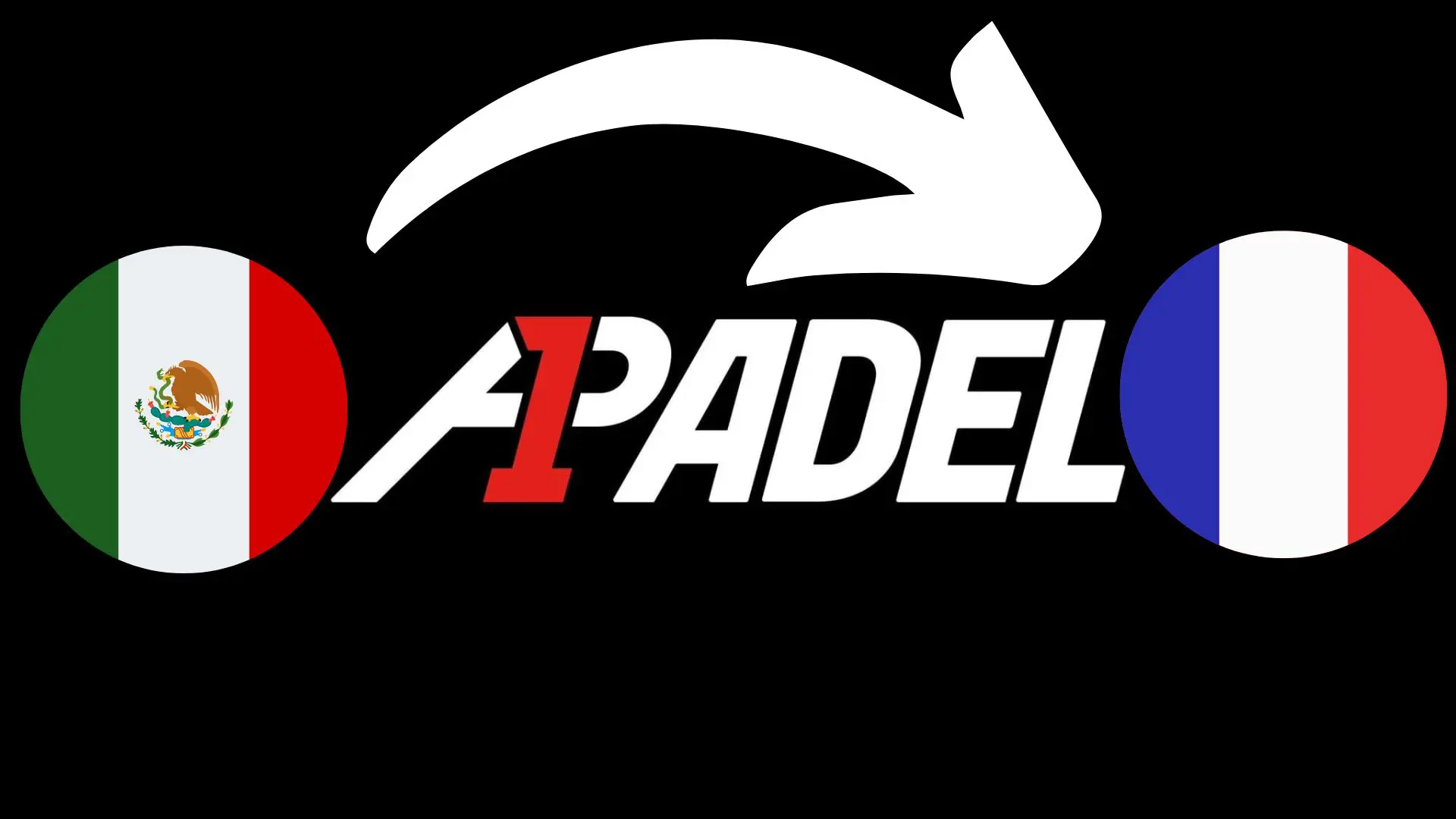 A1 Padel – the French Open replaces the Mexican Open on the calendar
A1 Padel – the French Open replaces the Mexican Open on the calendar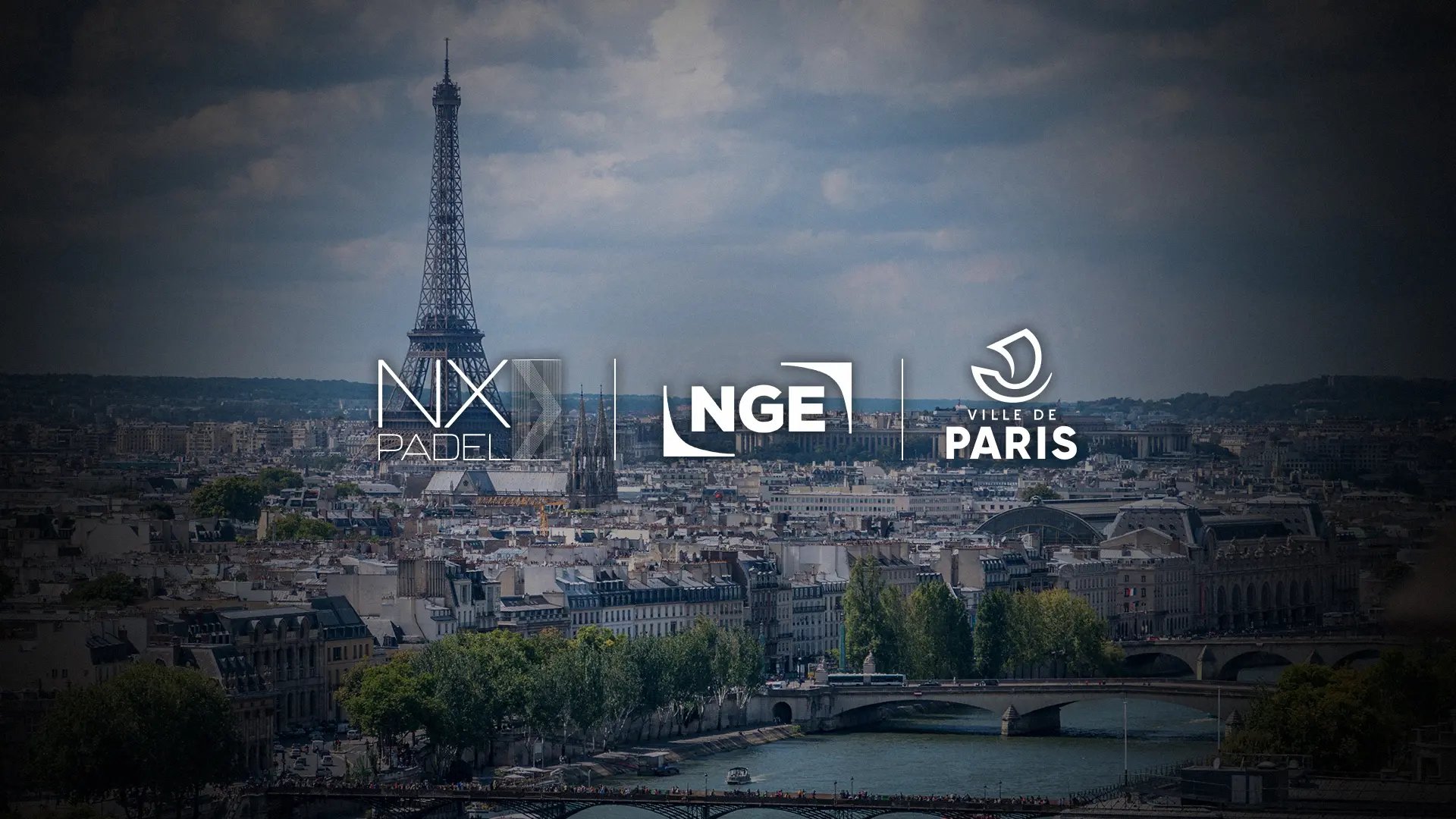 4 Fiberglass Padel Courts for The Ville de Paris: a choice that looks to the future
4 Fiberglass Padel Courts for The Ville de Paris: a choice that looks to the future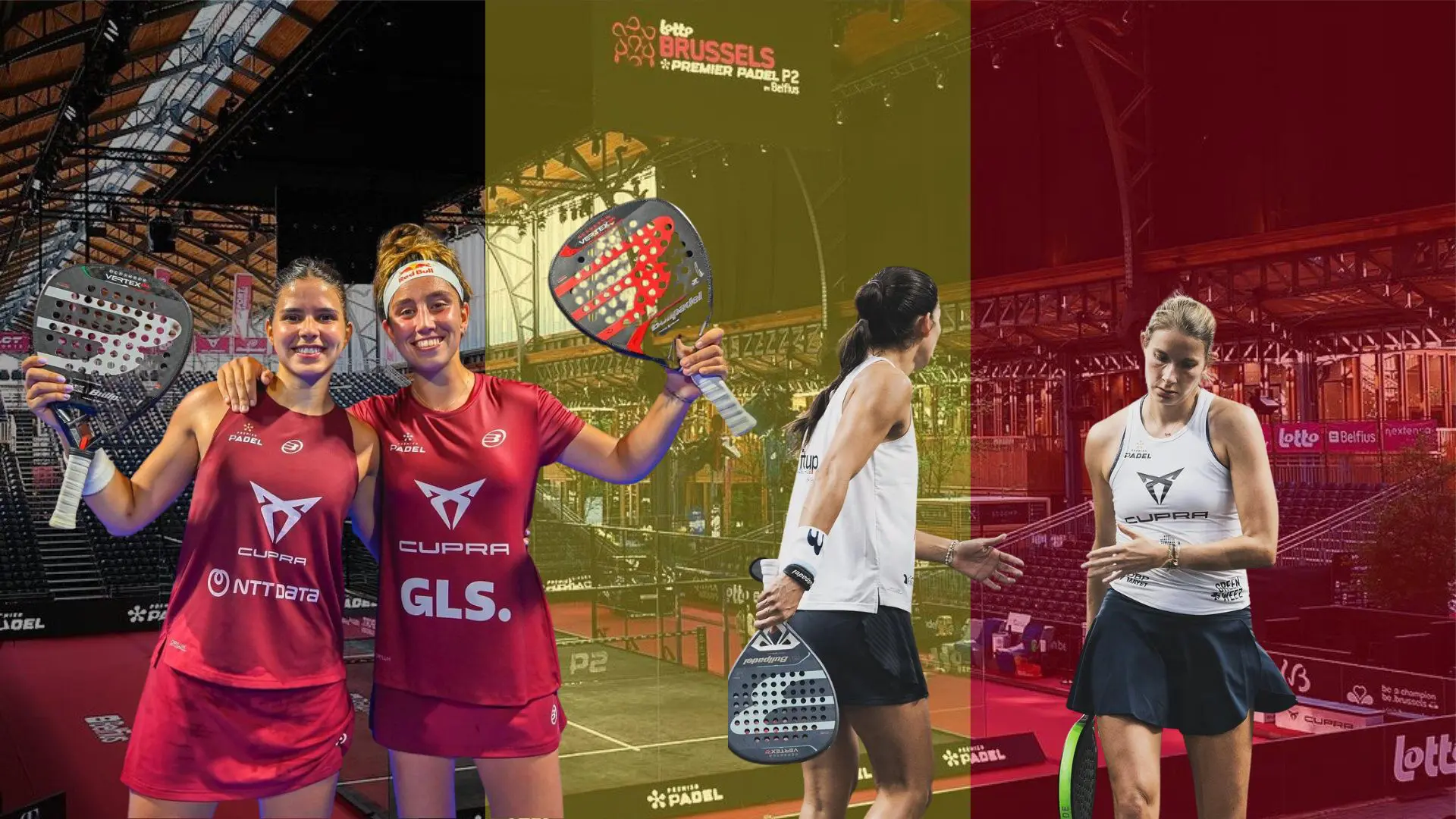 Brussels Premier Padel Brussels P2 – Collombon / Bidahorria falls against Brea / Gonzalez
Brussels Premier Padel Brussels P2 – Collombon / Bidahorria falls against Brea / Gonzalez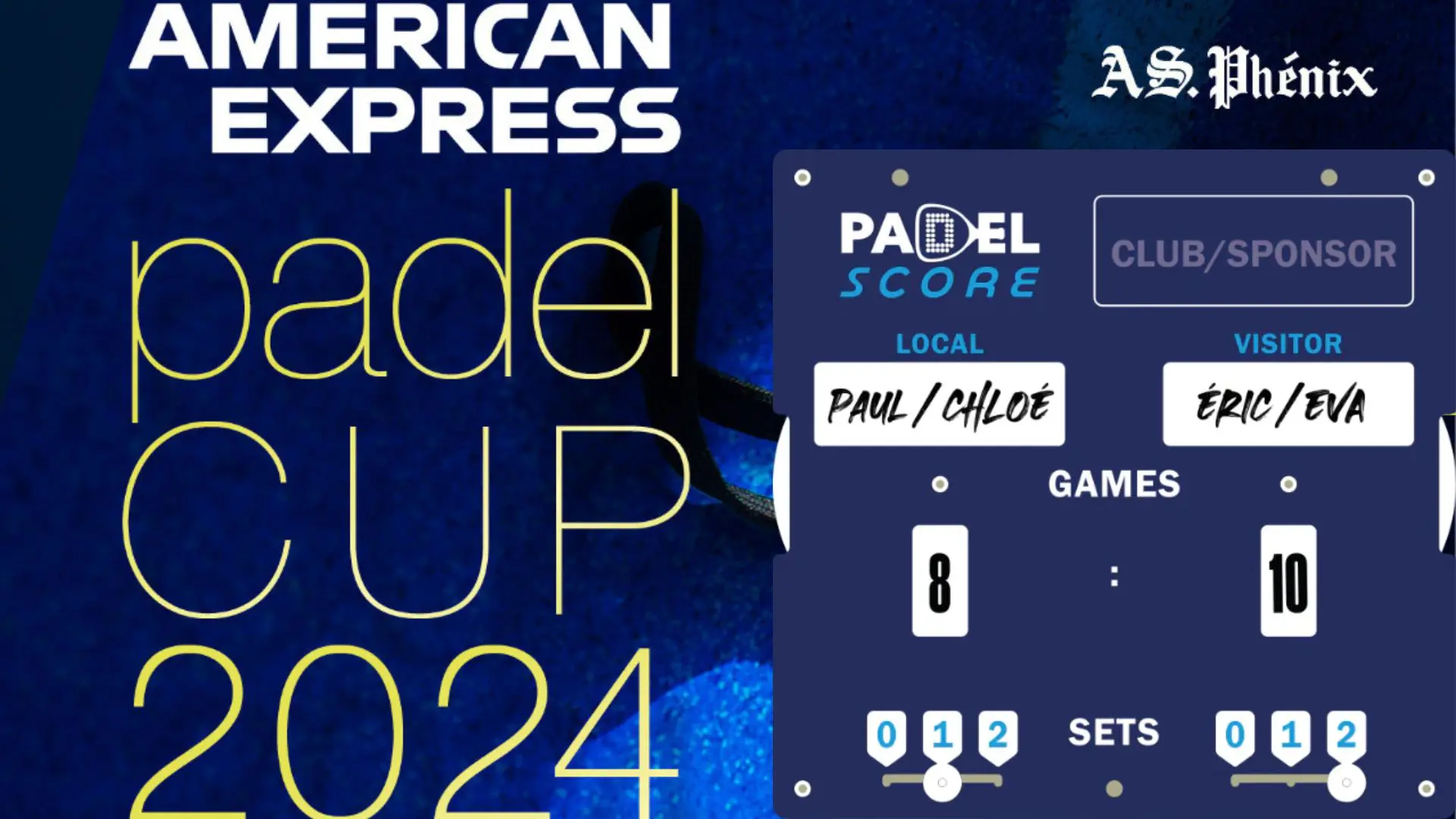 Padel Score comes to Tahiti for American Express Padel Cup!
Padel Score comes to Tahiti for American Express Padel Cup!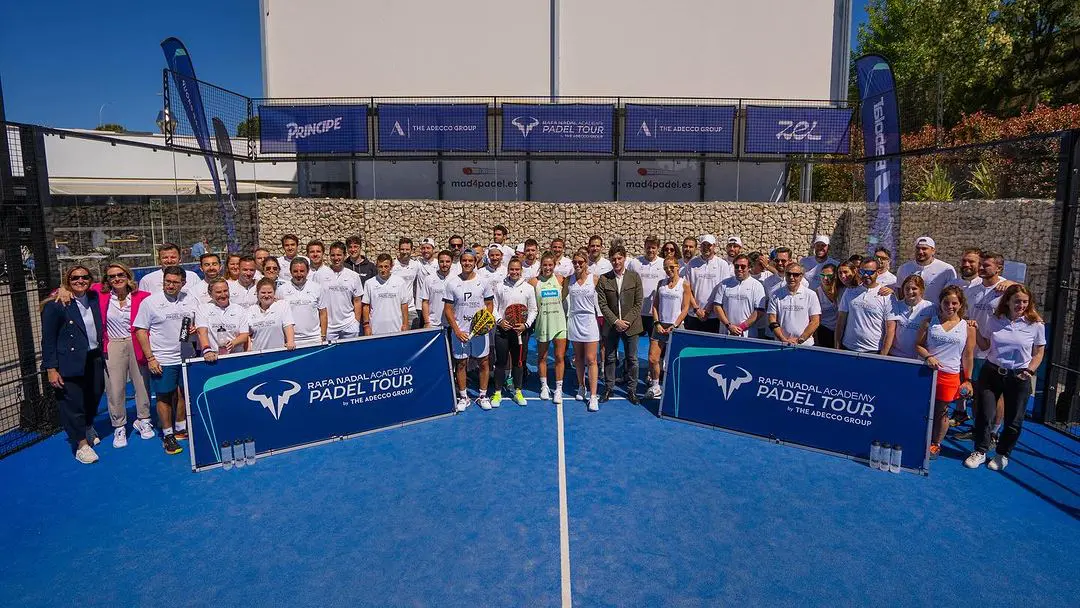 Do you know the Rafa Nadal Academy Tour?
Do you know the Rafa Nadal Academy Tour?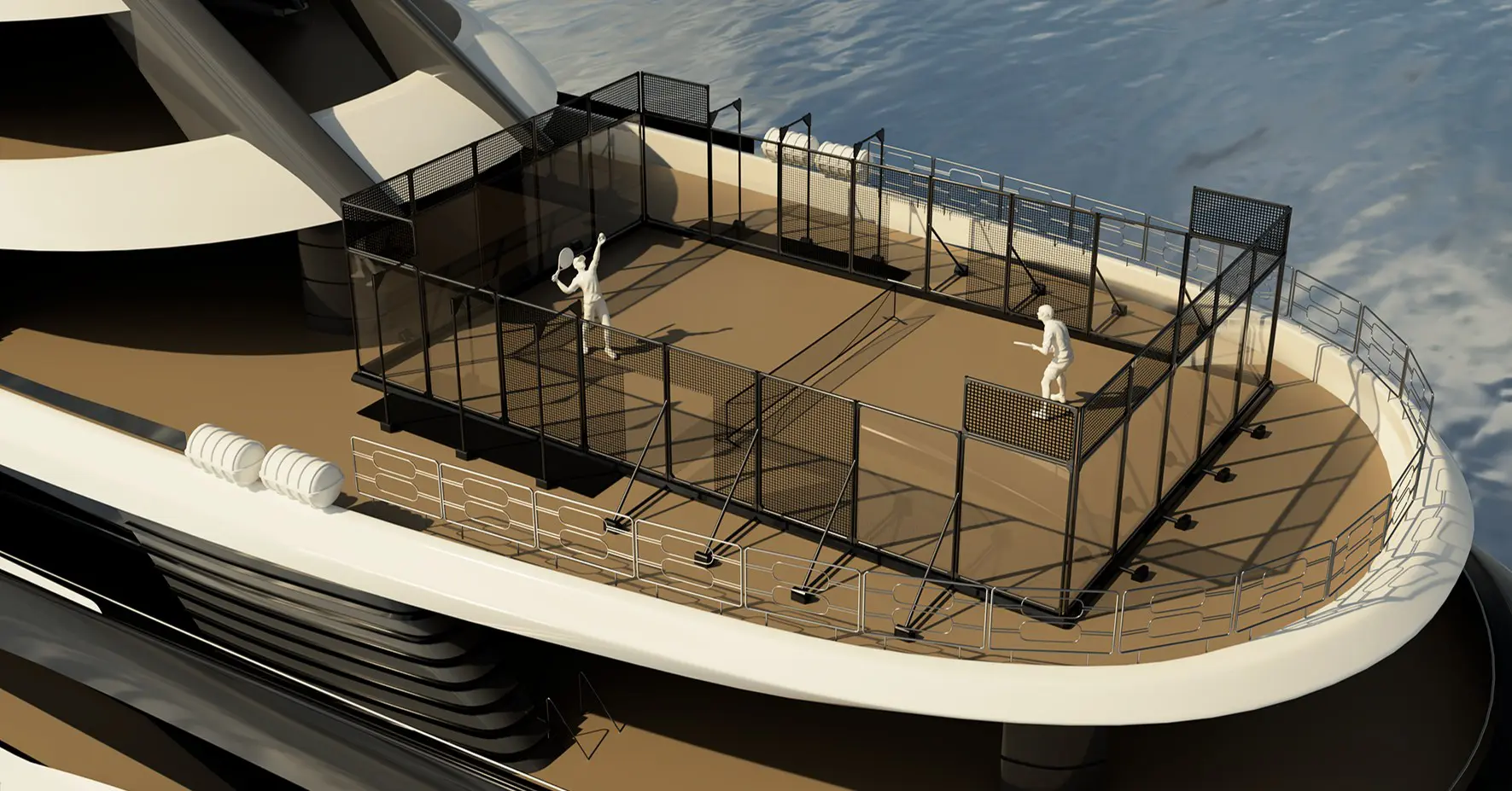 Play at padel on his yacht? Possible for €233.000!
Play at padel on his yacht? Possible for €233.000!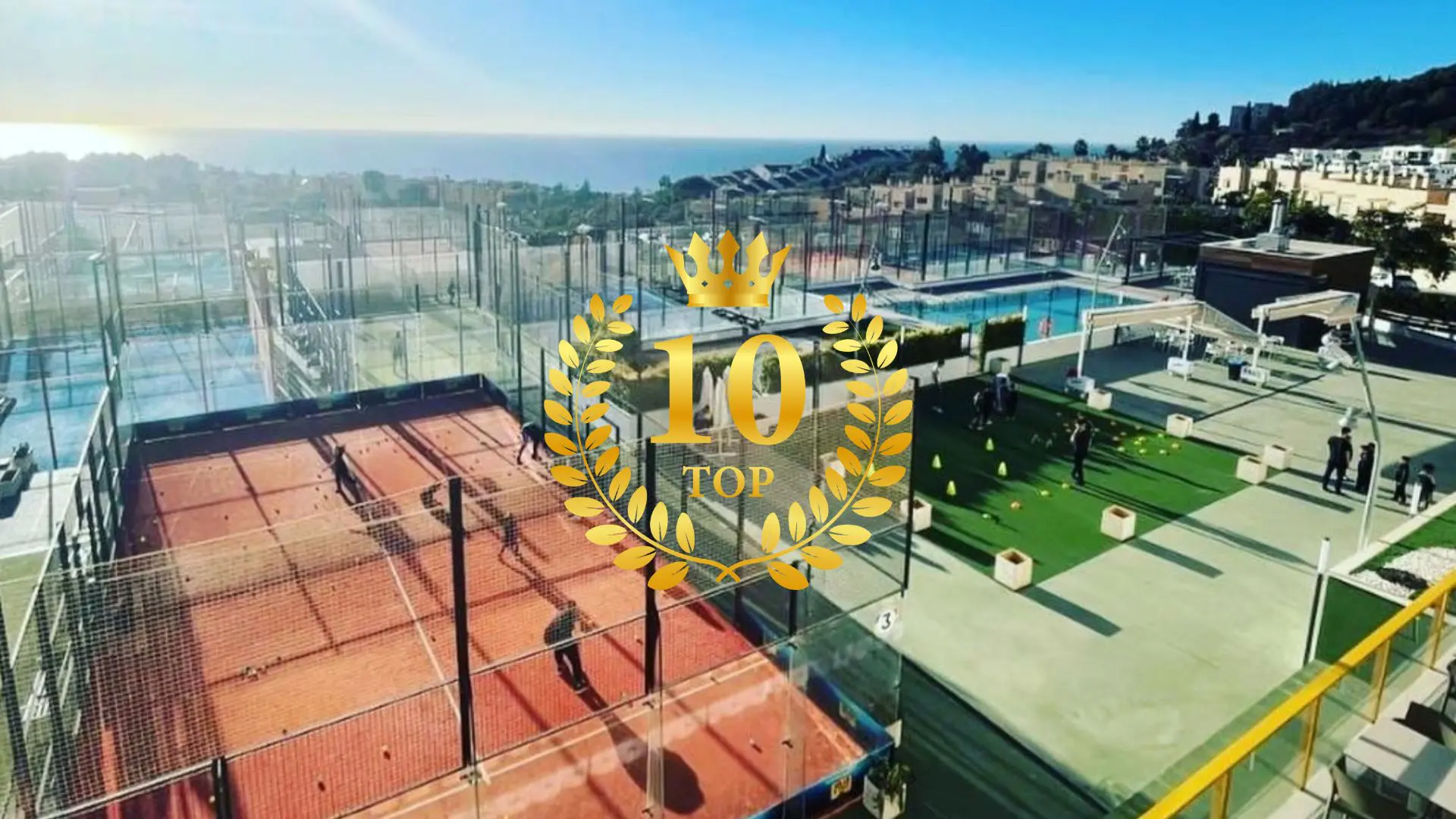 Our Top 10 training courses padel in France and Europe
Our Top 10 training courses padel in France and Europe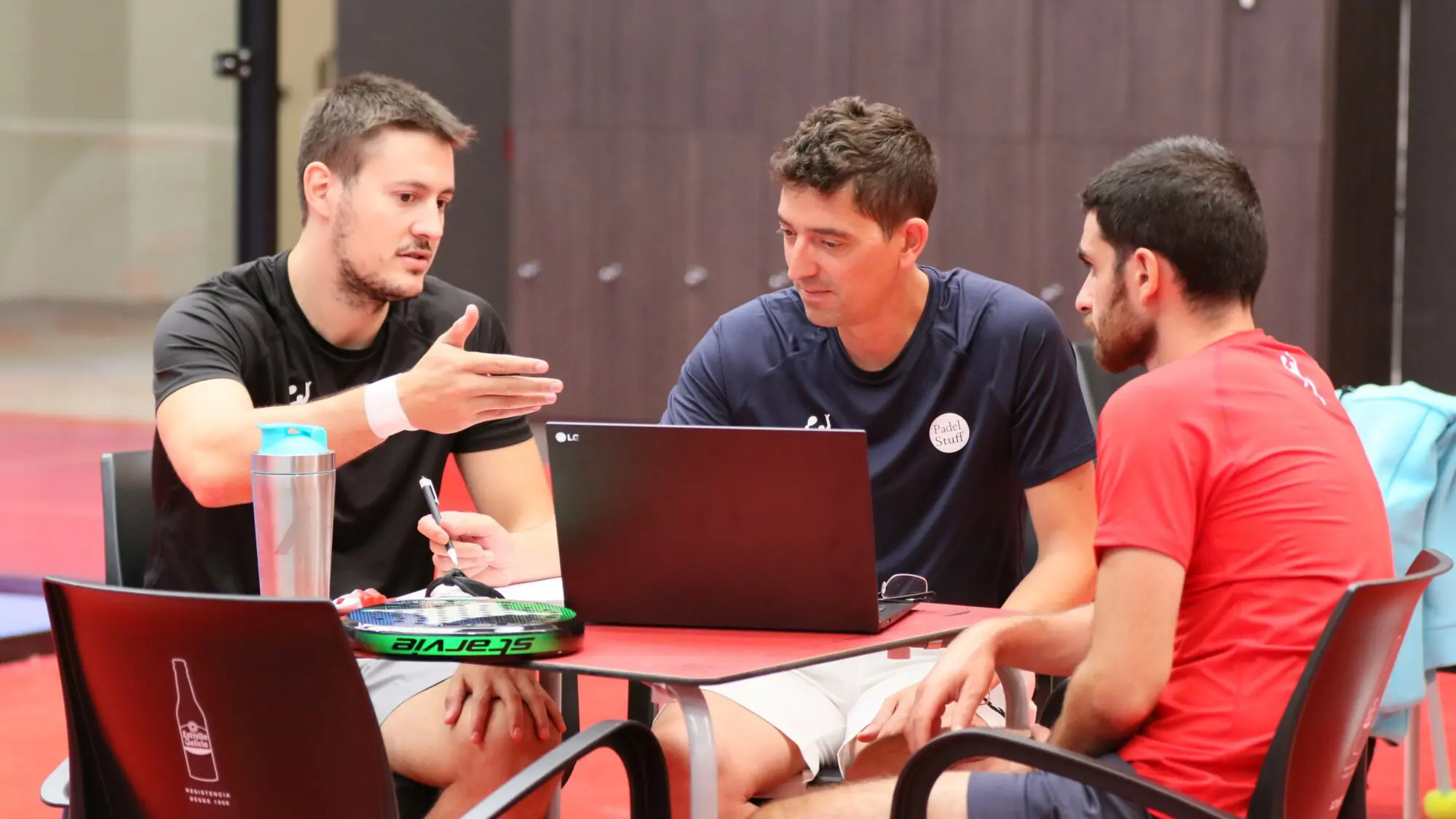 At the heart of padel – Episode 25: Paul and Andoni answer your questions
At the heart of padel – Episode 25: Paul and Andoni answer your questions Tactical padel – What to do when faced with players who systematically stay at the bottom?
Tactical padel – What to do when faced with players who systematically stay at the bottom?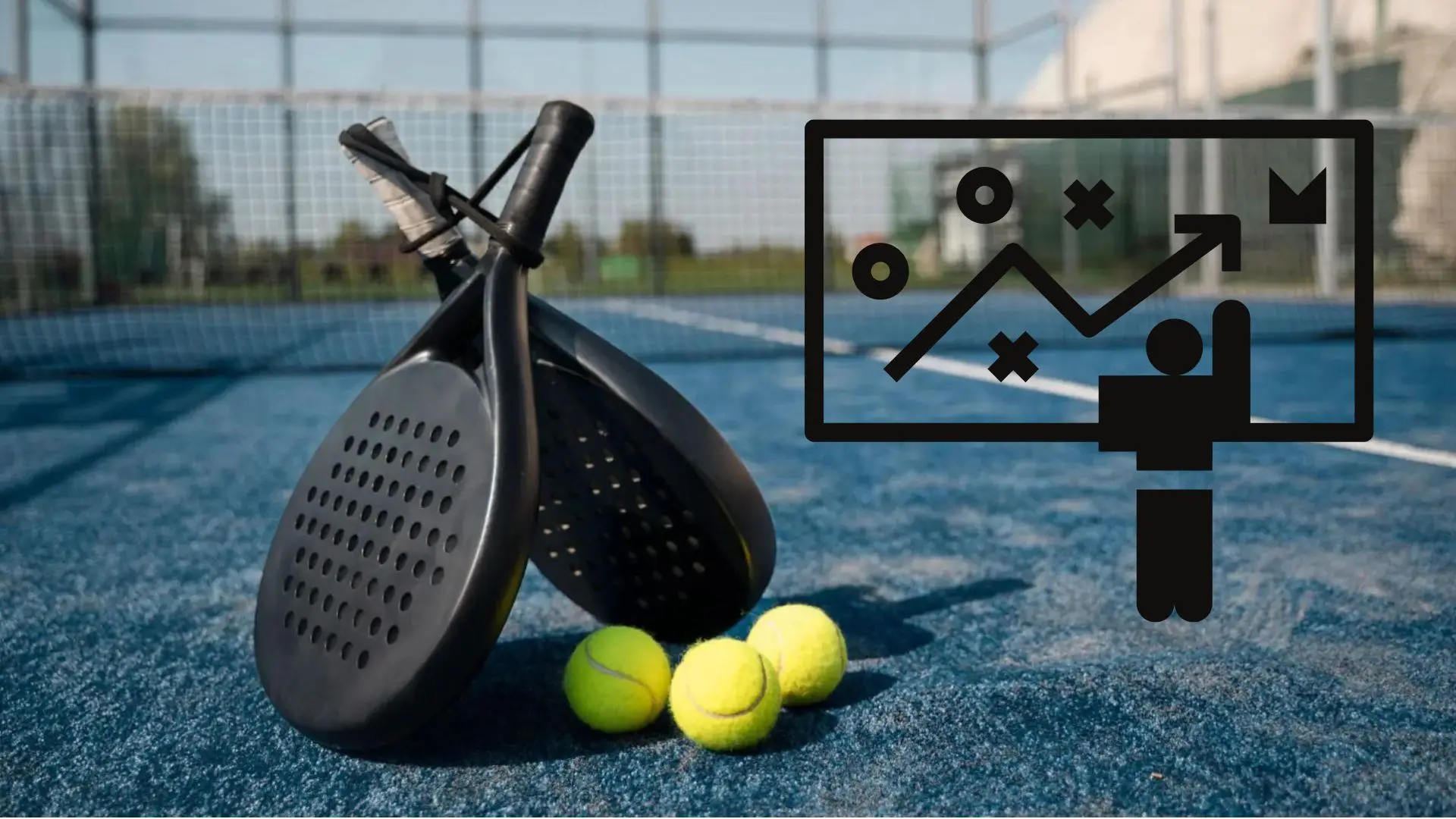 The basic tactics of padel
The basic tactics of padel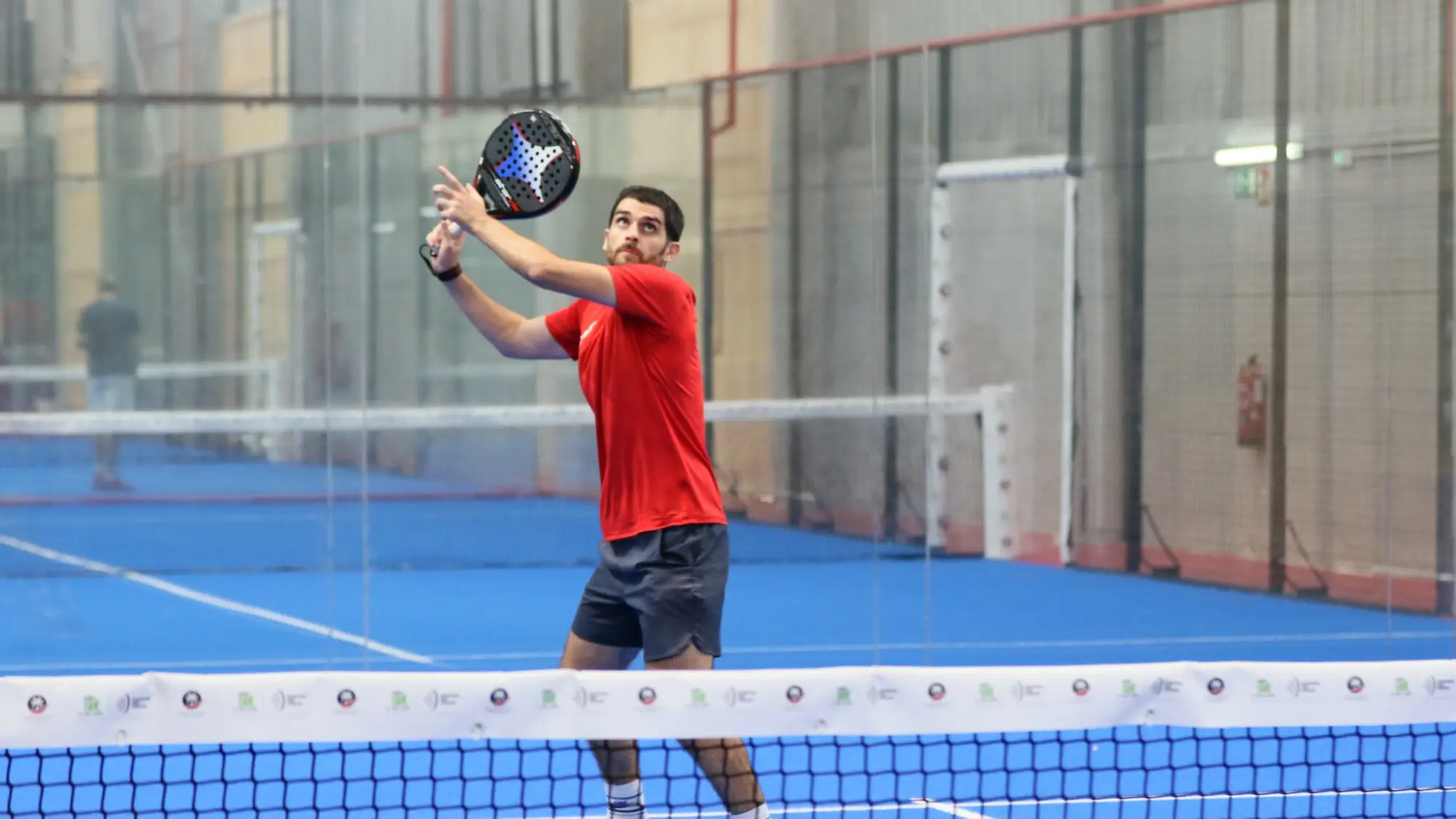 At the heart of padel – Episode 25: Paul and Andoni answer your questions
At the heart of padel – Episode 25: Paul and Andoni answer your questions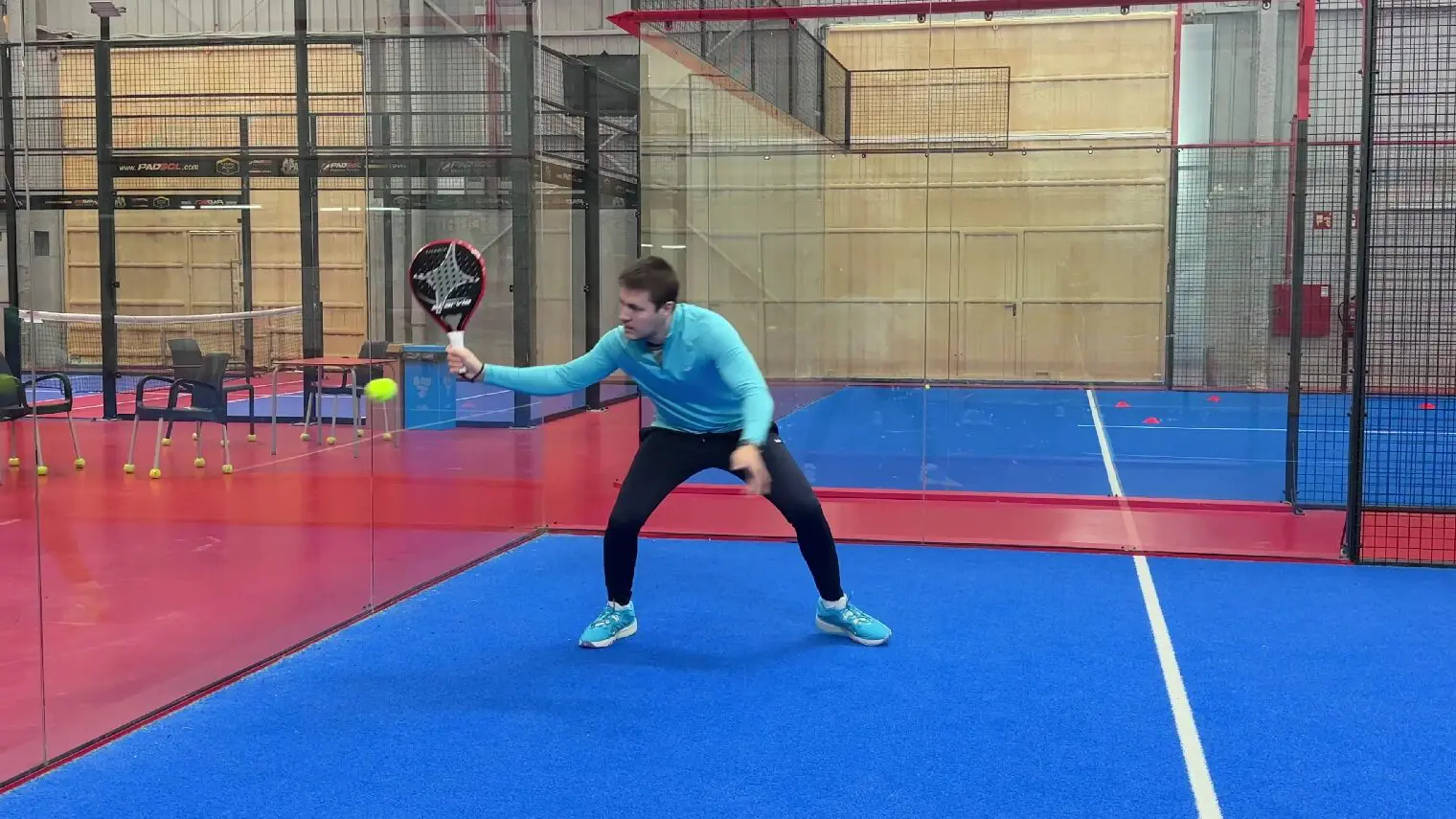 At the heart of padel – Episode 23: defend the window well
At the heart of padel – Episode 23: defend the window well Prohibition on playing topless Padel : the reasons
Prohibition on playing topless Padel : the reasons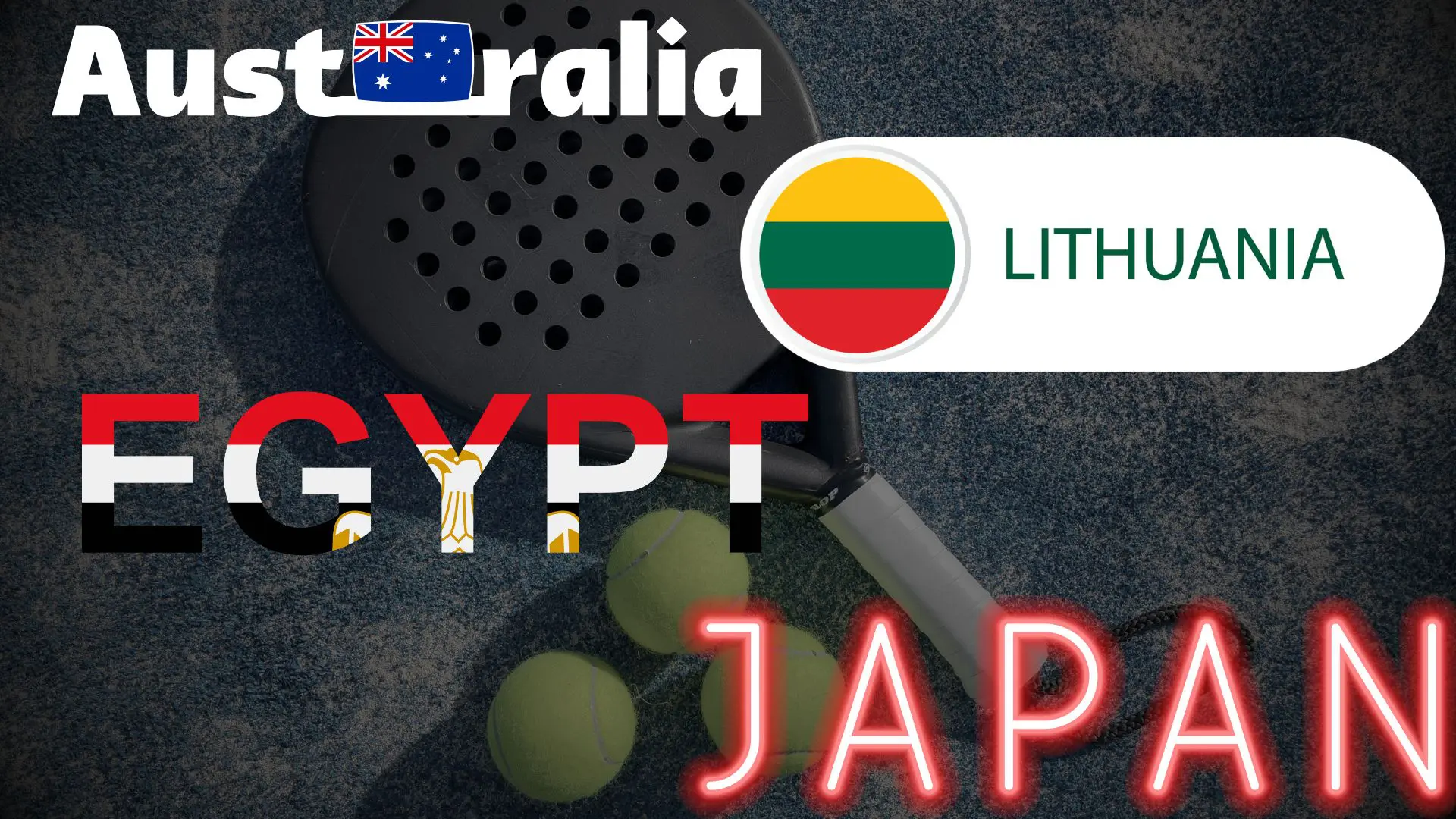 FIP Tour – Going far from Europe, THE strategy to earn points!
FIP Tour – Going far from Europe, THE strategy to earn points! What is a good football player? padel ?
What is a good football player? padel ? “Lefties give me headaches when I play against them!”
“Lefties give me headaches when I play against them!”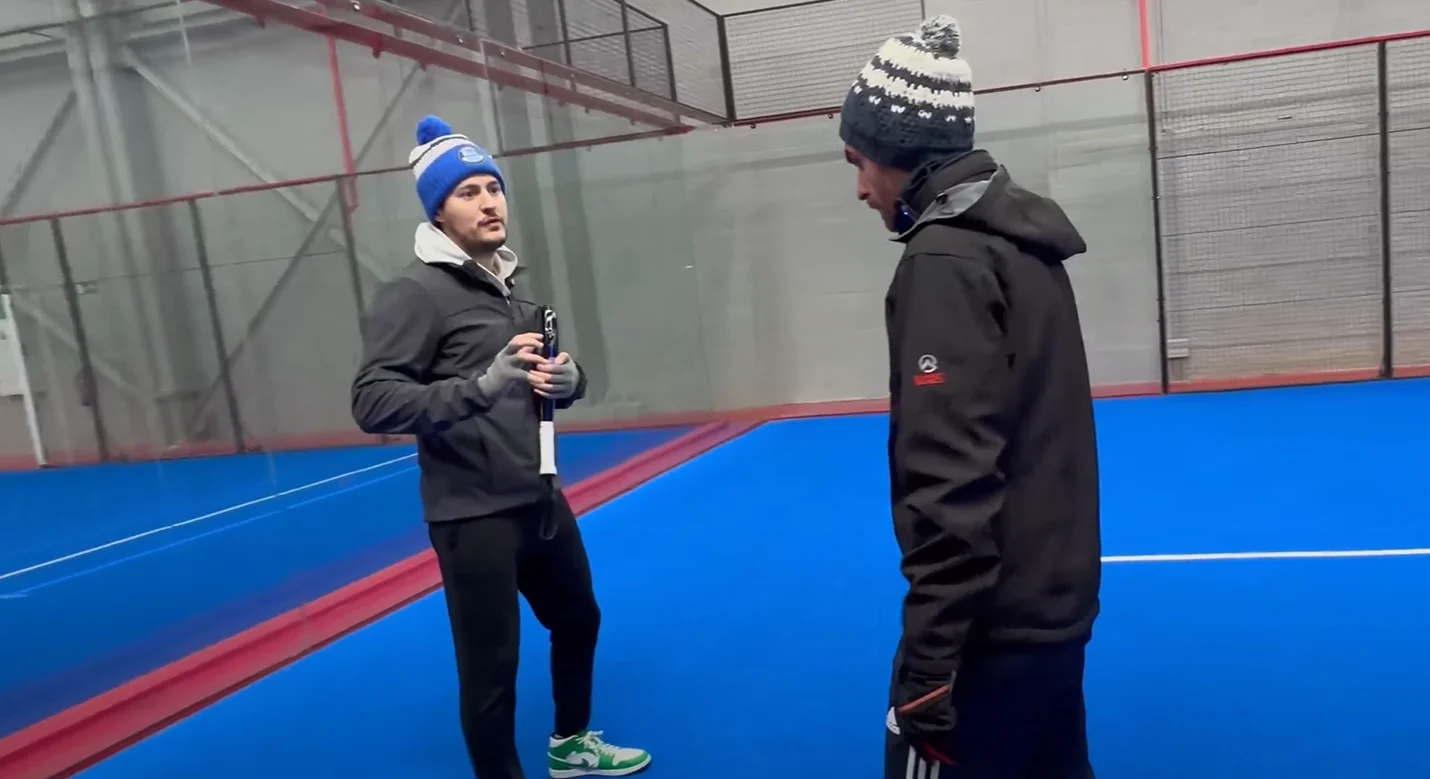 At the heart of padel – Episode 14: how to earn points in winter?
At the heart of padel – Episode 14: how to earn points in winter?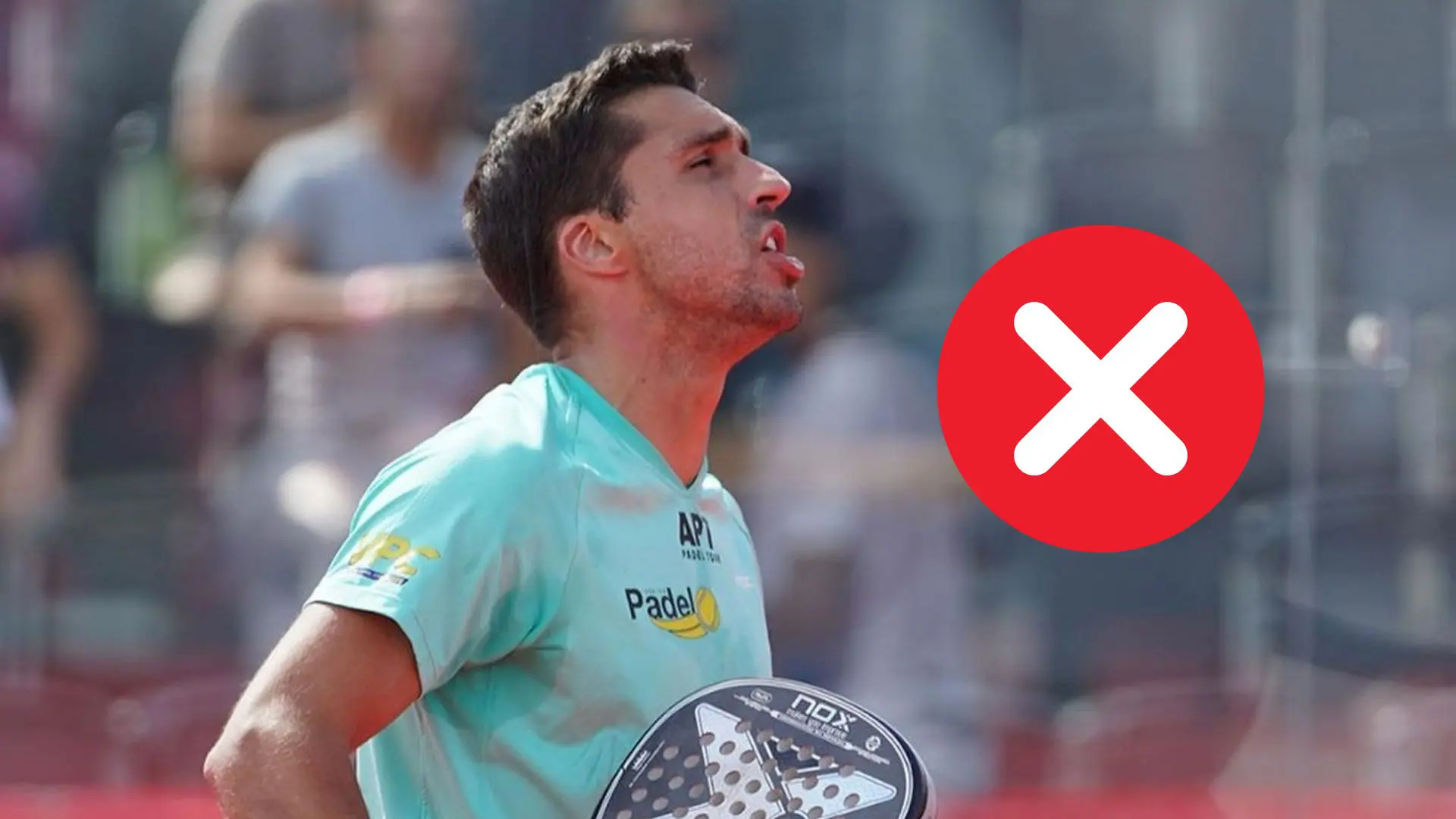 A par 4 is always a winner...even if you manage to defend it!
A par 4 is always a winner...even if you manage to defend it!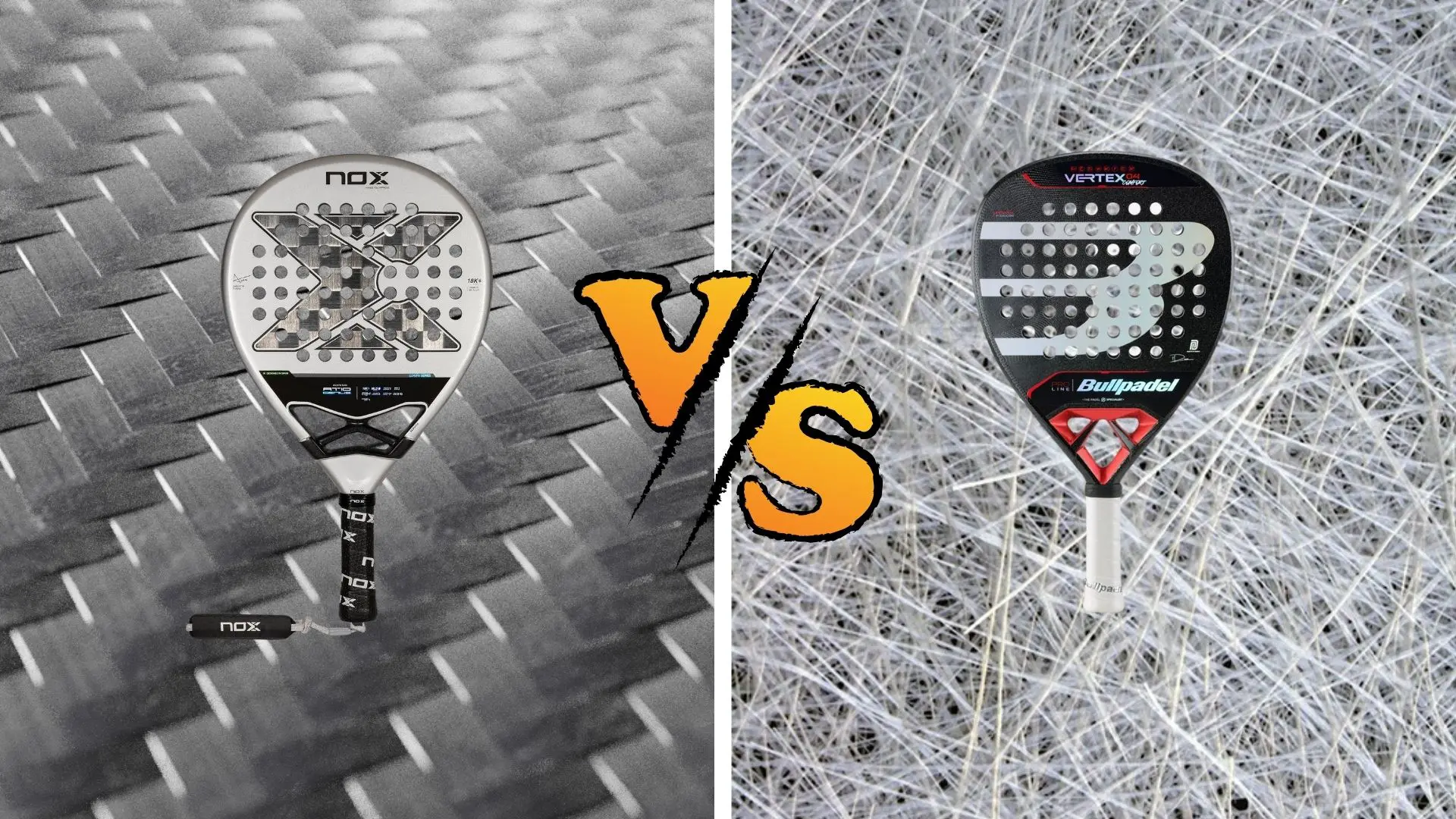 Carbon fiber VS fiberglass: what to choose?
Carbon fiber VS fiberglass: what to choose?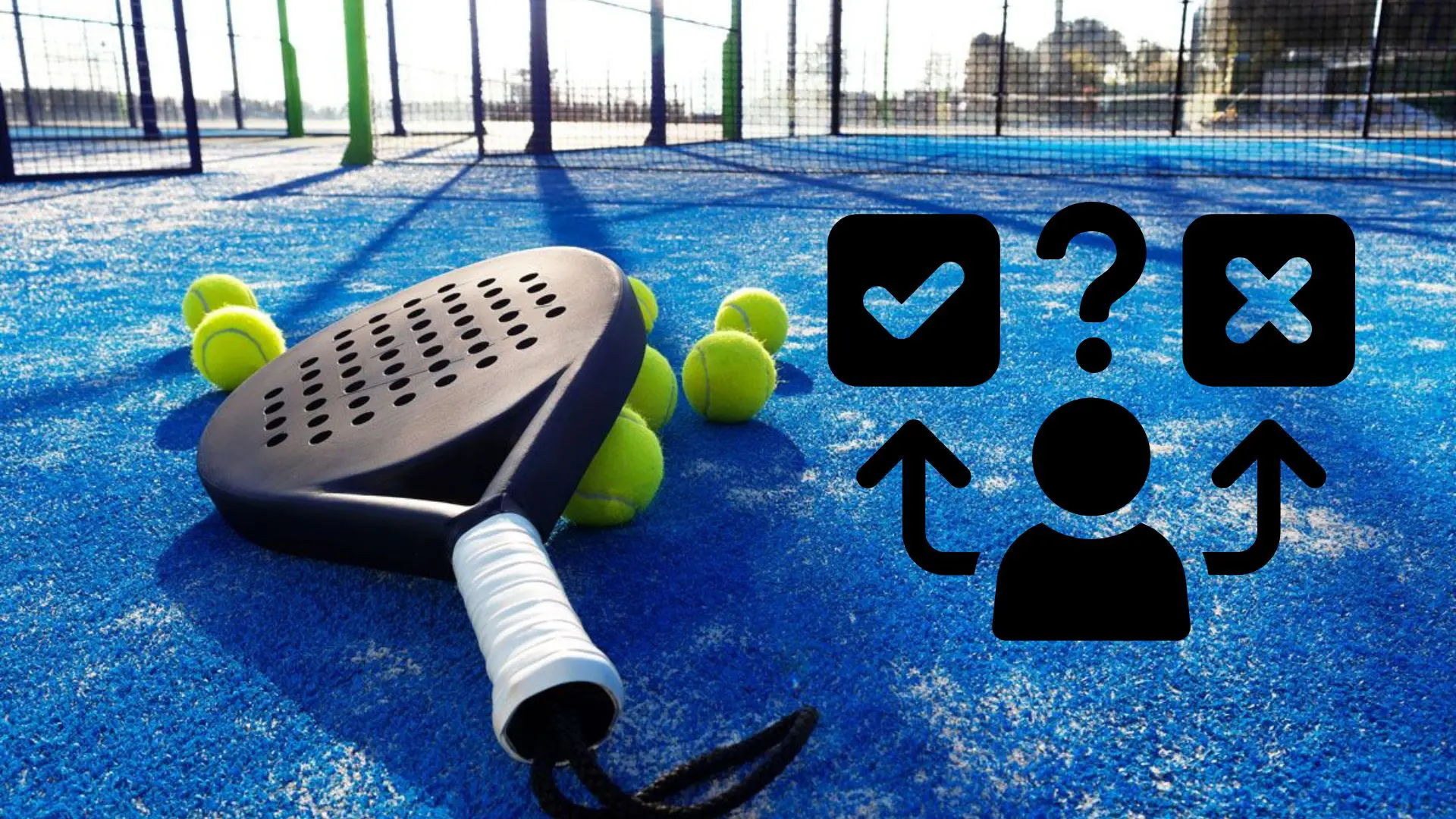 How to effectively test a racket padel ?
How to effectively test a racket padel ?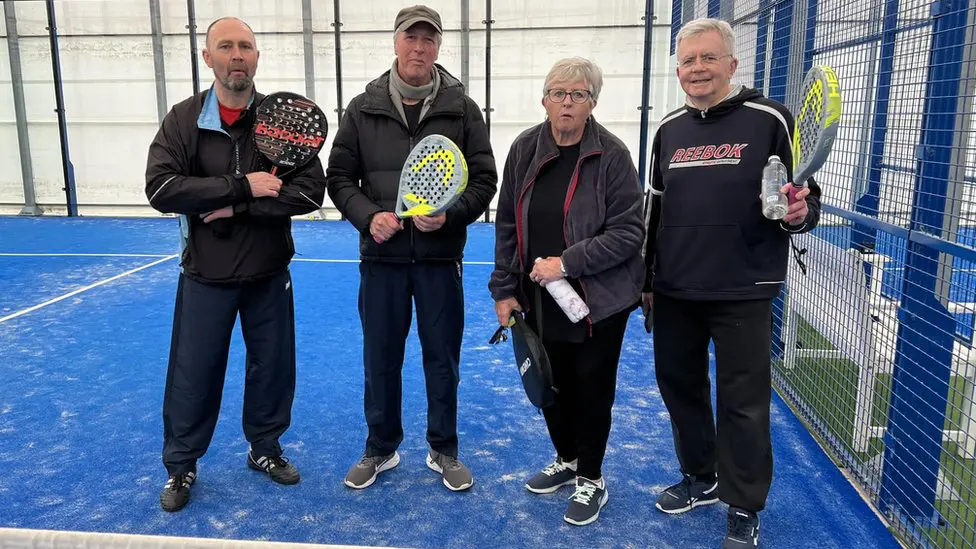 La padel to fight Parkinson's disease
La padel to fight Parkinson's disease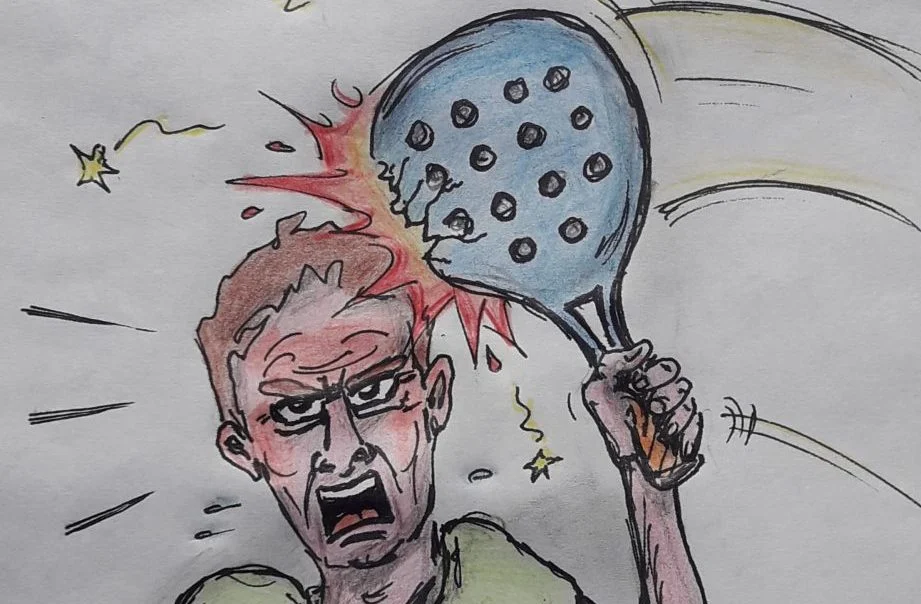 Don't play with a cracked or broken racket, your body will thank you!
Don't play with a cracked or broken racket, your body will thank you! Michel Cymes: “The padel, physically, it’s serious!”
Michel Cymes: “The padel, physically, it’s serious!”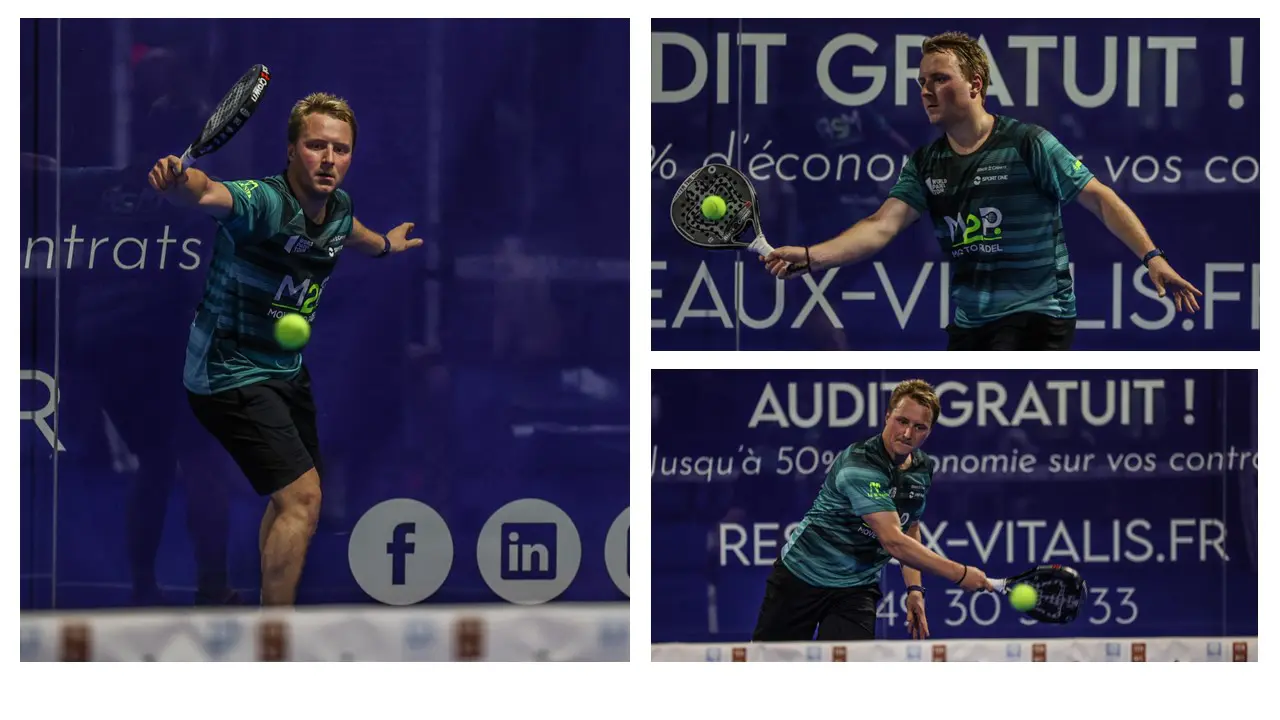 Jeremy Gala: “Promote the padel among young people in Belgium remains a challenge”
Jeremy Gala: “Promote the padel among young people in Belgium remains a challenge”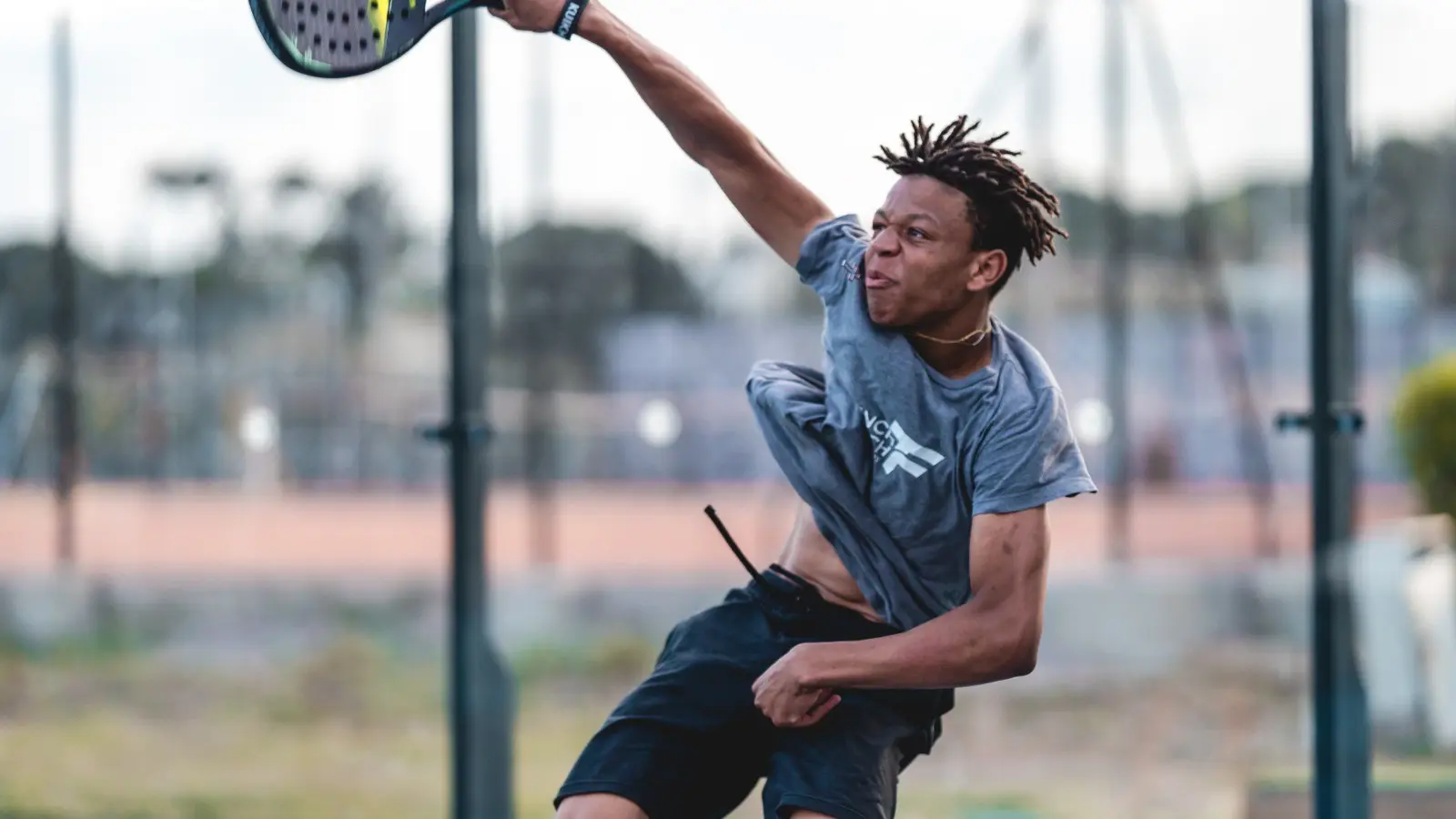 The French Touch Academy organizes its selection day Padel-Study
The French Touch Academy organizes its selection day Padel-Study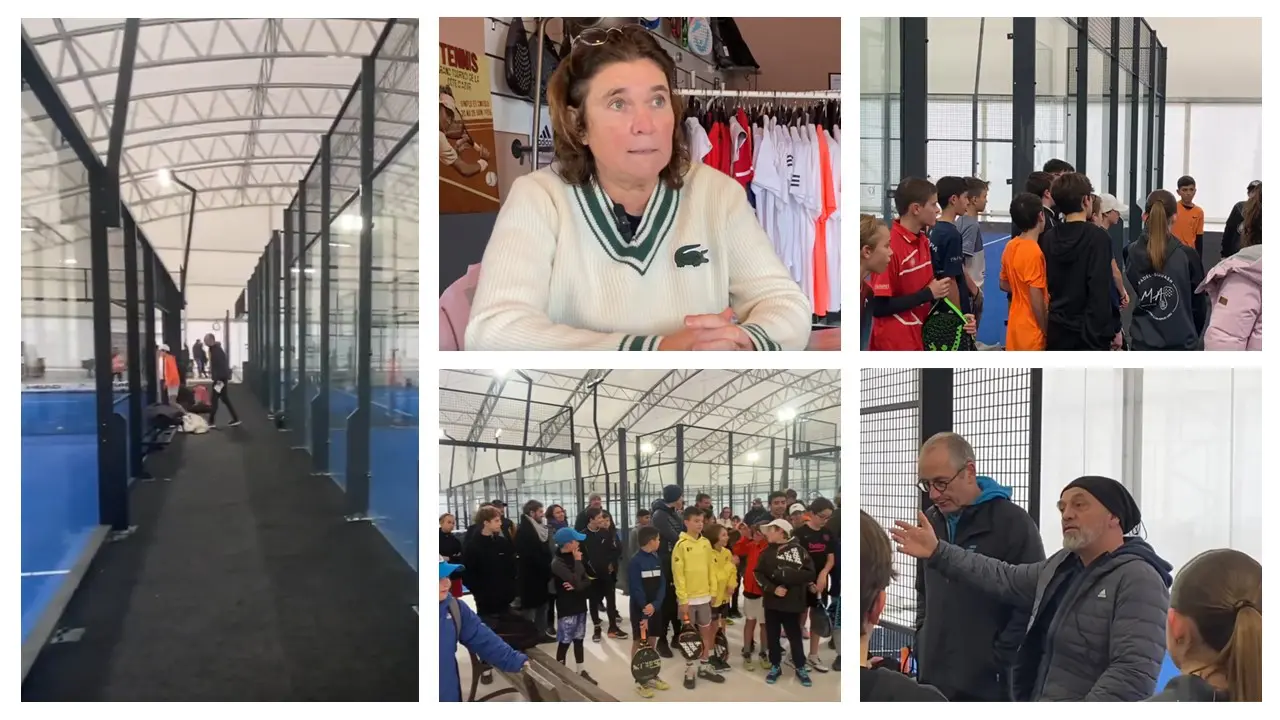 Report on the detection and training of younger generations
Report on the detection and training of younger generations
Hello, thank you for the response ! Is this an online file? Where can we get it? Thank you
Hello, I did not understand your message. Sorry. Effectively to have access to all the files of Padel Magazineyou have to subscribe
https://padelmagazine.fr/devenir-membre-padel-magazine/
Hello,
the study seems interesting to me. Where do the figures come from? is it possible to obtain digital support for this study? thanks in advance
Hello François, this is a big file that includes countless sources. To avoid making the article too rich and too long, everything has been condensed in this article, in particular via graphics. Good reading.
Hello, same question as above. What is the source of these data?
Thank you
Hello, dsl but we have answered the question I believe. All data comes largely from the survey made by the author of the article.
Other information and chronicles can be found in our space Padel Business and VIP area. 🙂
Hoping to have responded to your request. Franck